- Home
- James Patterson
11th Hour Page 3
11th Hour Read online
Page 3
Two index cards lay faceup on the bricks in front of the heads and both had numbers written on them with a ball-point pen. The card in front of the skull read 104. The other card, the one in front of the more recently severed head, read 613.
What did the numbers mean?
Where had these heads come from?
Why were they placed here in plain sight?
If this was a homicide, where were the bodies?
I tore my gaze away from the heads to look into Janet Worley’s face. She covered her mouth with both hands and tears sprang to her eyes.
I saw a meltdown coming. I had to question her. Now.
“Who do these remains belong to? Where are the bodies? Tell us about it, Mrs. Worley.”
“Me? All I know is what I just told you. I’m the one who called the police.”
“Then who did this?”
“I have no idea. None at all.”
“You understand that lying would make you an accessory to the crime.”
“My God. I know nothing.”
Conklin said, “We need the names of everyone who has been inside this house since last Friday.”
“Of course, but it’s only been my husband, my daughter, and me.”
“And Mr. Chandler?”
“Heavens, no. I haven’t seen him in three months.”
“Have you handled these heads or disturbed anything on the patio?”
“No, no, no. I opened the door to air out the room at about seven this morning. I saw this. I called my husband. Then I called nine-one-one.”
Janet Worley went inside the house, and Conklin and I were left to consider the nature of “this.”
Was it Satanism? Terrorism? Drug-related homicide? Who were these victims? What had happened to them?
I wanted to start looking around, but Conklin and I had to stay on the bricks and focus on what we could see without contaminating evidence.
Brady had told us to do the prelim.
That was the job: scope out the crime and tell our lieutenant whether this was a double homicide or a freak show that should be handed off to Major Crimes.
“I don’t know what the hell we’re looking at,” I said to Conklin.
Truly, I’d never seen anything like it in my life.
Chapter 8
THE BACK GARDEN was a dark, three-quarter-acre triangular plot that looked as though a slice of woodland had been dropped down in one piece behind the Ellsworth house.
The parcel was shadowed by buildings and mature trees, crossed with mulched paths, bounded by the house on one side and by two ten-foot-high brick walls that met at a toolshed at the farthest end of the garden.
Looking for entrances, I saw, in addition to the front gate with its broken lock, five doors that opened to the garden from the main house and a gate in the wall next to the toolshed.
“There’s a multipurpose tool,” Conklin said.
He was pointing to a shovel half hidden by a shrub, and beyond the shovel was a mound of soil and a hole dug in the dirt. The hole was about two feet across, the right size for potted chrysanthemums — and also just right for disembodied heads.
I saw a second hole, just visible from the far corner of the patio, and beside that hole was a rounded stone.
Now that I was looking for them, I saw other stones around the garden. Maybe they were decorative in a gnomish way, or maybe the stones were markers.
If the shovel had been used to break the lock, it would mean that whoever broke in knew where to look for the disembodied heads and had then exhumed them.
Did that mean that the intruder was the killer?
Or was he an accessory to whatever mayhem had taken place?
I took another look at the numbered index cards.
When a killer deliberately leaves a calling card, it’s a dare. Usually means he’s trying to show the cops that he’s smarter than they are. It’s playing a very risky game.
Here was the game board as I saw it: a large hidden garden, two severed heads wreathed with flowers, cryptic numbers on a matching pair of index cards.
Did the numbers indicate how many heads were in the garden? Could hundreds of skulls be in this place, perhaps stacked in holes, one on top of another?
Beyond the complete creepiness of the skull tableau, I didn’t have a sense of the meaning or intent of any of it, but we were just getting started and hadn’t yet scratched the surface.
I said to Conklin, “The quickest way is also the best.”
“Ground-penetrating radar,” he said, staring out into the garden.
“And cadaver dogs. We’ve got to dig this place up.”
Chapter 9
WE MET NIGEL WORLEY in the kitchen of the Ellsworth house.
At six three, he was a full foot taller than his wife and had almost a hundred and fifty bloated pounds on her too. His face was puffy. Looked to me like he was a heavy drinker, and I noticed that he had rough dark-stained hands. He answered only questions directed specifically to him, and when he spoke, it was to a place in the air between Conklin and me.
Mr. Worley had no theories about the severed heads, and his tone was hostile. But he had to make a statement on the record. We gave him no choice. The Worleys were witnesses and they were also the only suspects we had.
We put on the siren and drove the English couple from their residence back to the Hall.
While Conklin interviewed Nigel Worley, I sat across from Janet Worley in the smaller of our two interrogation rooms. Brady paced unseen behind the glass.
Brady had already told me that he was unhappy with how our day was turning out. In his opinion, the Ellsworth case was a tar pit, and Conklin and I were going to get sucked under. He needed us to work the vigilante-cop case, and he wanted us to work it now.
I understood his concerns, but I’d seen the severed head of a woman who’d been alive a week ago. She was a Jane Doe, and because we didn’t know her name, she was about to get an official case number and a spot on a refrigerated shelf in the city morgue.
The camera in the corner of the interview room rolled tape as Janet Worley told me that she and Nigel had come to the United States from England ten years before and that they had been working for Harry Chandler since he bought the compound.
She said that she’d “adored” the Chandlers and were shocked and heartbroken when Mrs. Chandler disappeared. The Worleys had stayed on at the compound when Mr. Chandler went on trial, in part because their daughter loved living there and still did.
“Nicole is with Fish and Wildlife,” Janet told me. “She hasn’t been home all weekend. She’s a biologist, you know. Off on some animal rescue mission in the wilderness, I expect. I haven’t been able to reach her on the phone.”
Janet Worley thought Nicole would be returning home that evening but said they never knew her movements for sure.
“She’s twenty-six, you understand. She leads her own life.”
“Explain to me about the buildings on Ellsworth Place, the ones that look to be part of the compound.”
“They were servants’ quarters originally, then over the years they became apartments. Mr. Chandler owns them all,” said Janet Worley, “but he’s been moving the tenants out. There are very few occupants now.”
Janet Worley told me that Nicole lived in number 2 Ellsworth, that Mr. Chandler’s driver lived in number 4, and that the other two buildings were vacant.
I strained Worley’s statement for inconsistencies, watched her body language, and I thought she was being truthful. I asked her to write down names and phone numbers of the Chandler staff living on Ellsworth Place, and while she did that, I went out of the room and compared notes with Conklin.
Nigel Worley had told Conklin the same story Janet had told me. He’d said that no one had a grudge against him, his wife, or his daughter and that Mr. Chandler hadn’t received any hate calls or letters at the compound.
Nigel Worley, like his wife, insisted that he had no idea who could have put the severed heads on the
patio and that he had never before seen the victim with the long brown hair.
If we were to believe them, the Worleys had been together virtually every minute of the last ten years and could vouch for each other’s whereabouts over the weekend in question.
I was frustrated but tried not to show it.
How could Brady expect me to leave our Jane Doe and that naked skull unidentified? How could I put this case down without solving it?
I couldn’t.
Chapter 10
I KNOCKED ON Brady’s open office door. He waved me in and told me to sit down.
I knew this office very well. It had once been mine, but I had given up the job of lieutenant so that I could do detective work full-time instead of watchdogging time sheets and writing reports.
Warren Jacobi had been my partner back then.
Ten years older than me, with many more years on the street, Jacobi had good reasons to move into this corner office when I left it. He didn’t want to work the street anymore. He wanted more access to the top, less sprinting through dark alleys. He had taken over from me and gotten the squad running like a fine watch, and soon he was promoted to chief, leaving the lieutenant’s job vacant again.
That was ten months ago.
Jackson Brady, who had recently transferred from Miami PD, had asked for the promotion and gotten it, along with the small glass-walled office with a window looking out on the James Lick Freeway.
Applying the whip was nasty work, but someone had to do it. Brady was doing fine.
“I need a minute,” I told Brady now.
“Good. That’s all the time I’ve got.”
“I want to run the Ellsworth case as primary,” I said. “It’s going to be a bear, but I’m into it. I can handle both Ellsworth and the vigilante cop if I work with Conklin and another team.”
Brady got up from behind the desk, closed the door, sat back down, and gave me his hard blue-eyed stare, full-bore.
“There’s something you have to know about the vigilante cop, Boxer. He’s not shooting just dirtbags. His last victim, Chaz Smith, was working undercover.”
“I’m sorry. Say that again.”
“Chaz Smith was a cop.”
Brady told me his theory: a cop who worked in the Hall of Justice had gotten fed up with due process and decided to go it alone, but he had screwed up more than he knew when he took out Chaz Smith.
“Smith was running a big operation for Narcotics,” Brady told me. “And he had other cops working for him down the line. We have to protect those cops, and we have to bring this vigilante down. No room for failure. No excuses.”
“I have to tell Conklin.”
“Where is he?”
“Driving Harry Chandler’s caretakers to a hotel.”
“You can tell him,” Brady said, “and I’m willing to give you a shot working both cases, Boxer. But if one of them has to take a backseat, I’ll tell you right now, it’s going to be your house of heads.”
“I hear you.”
“Make sure you do. This vigilante is not only a cop, he’s a cop killer. He murdered one of us.”
Chapter 11
I SPENT THE day working both cases.
I’d ransacked the missing-persons databases for a match to our long-haired Jane Doe. After that, Brady and I checked names of cops who had access to the property-room floor and compared those cops’ time sheets with the times drug dealers had been killed with one of our vouchered-and-stolen .22s.
The list of cops was very long and Brady was still working on the project when I left him.
I got back to the Ellsworth compound as the sun was setting, flying pink flags over the bay. TV satellite vans were double-parked along Vallejo, their engines running and their lights on. Talking heads were using the compound as a backdrop for their on-air reports.
Reporters shouted my name as I went through a gap in the barricade. A lot of our local media knew me. One of them was my close friend Cindy Thomas, who called me on my phone.
I didn’t pick up. I couldn’t talk to Cindy right now.
Conklin came toward me, then walked me back through the front gate.
“It’s been crazy,” he said. “I’ve become the go-to person. The press is barking and I don’t have a bone to throw them. Brian Williams called me. How’d he get my number?”
“No kidding. NBC Nightly News Brian Williams? What did you tell him?”
“Ongoing case. No comment at this time. Call Media Relations.”
“Exactly.”
“Oh, and ‘I love your work.’”
I laughed.
Conklin said, “But seriously, Lindsay, if we don’t give Cindy something newsworthy, my home life is going to suck. She was on the scene before we were, you know?”
“Hey, here’s news: Brady gave us the green light. This is officially our case now.”
The Ellsworth garden had been transformed while I was out. An evidence tent had been set up just off the patio, rolls of brown paper had been unfurled over pathways, and a grid of crime scene tape had been stretched across the garden.
I saw several new holes. Soil had been piled on tarps, and halogen lights were on. But even with the halogens, there wouldn’t be enough light to work the scene once the sun had set; the forensics team would have to quit for the night so that evidence didn’t get lost or trampled.
God help us if it rained.
Chapter 12
I FOUND MY best friend, chief medical examiner Dr. Claire Washburn, inside the tent wearing a size 16 bunny suit and booties, what she called a full-body condom with a zipper.
She greeted me, said, “Fine mess we have here, girlfriend. No, don’t hug me. And don’t touch anything. We’re trying to hermetically seal whatever kind of crime scene this freaking obscenity is.”
She kissed the air next to my cheek, then stepped aside so I could see her worktable.
Four heads were lined up, three of them as clean as the proverbial whistle, and as the head numbered 104.
The fourth skull showed some traces of scalp.
“The hounds just got another hit,” Claire told me. “Another skull. Of the six I’ve examined so far, all were severed with a ripsaw.”
The tent flap opened and Charlie Clapper came inside. Man, I was glad to see the chief of the Crime Scene Unit. Clapper is a former homicide cop, my friend, and SFPD’s own Gil Grissom. He was as dapper as anyone could possibly be in a bunny suit, and I could see comb marks in his hair.
Clapper was carrying a heavy brown paper bag that he handed to Claire, and he held a small glassine bag in his gloved fist.
“Hey, Lindsay. I hear Brady tossed you this hot potato.”
“I self-tossed it. It’s either work the case or lie awake wishing I were working it.”
“I feel the same way. Don’t try to take this once-in-a-lifetime mind-bender away from me. It’s mine. Hey, I’ve got something here for us to ponder.”
“Hit me with it.”
“I found blood in one of the holes, made me think that was our fresh Jane Doe’s grave. If I’m right, this necklace was probably hers.”
He held the baggie up to the light.
“A trinket,” he said. “A necklace. But no neck to hang it on.”
The necklace was made of glass beads on a waxed string with a cheap metal clasp, the kind of costume jewelry commonly found at street fairs. What made this one special was that Jane Doe had handled it. There was a slim chance we might be able to lift her fingerprints from the beads.
Maybe her killer had left DNA on them too.
Charlie Clapper was saying, “I found other doodads. This one,” he said, holding up a baggie. “It’s a pendant. Could be an amethyst set in a gold bezel. The rest of the artifacts have been moldering in the ground too long for me to say what they are or to get anything off them.
“But they are trophies, wouldn’t you say?”
A lightbulb went on in my mind. I was finally getting the picture.
“What if the he
ads are the trophies?” I said to Clapper. “I think this place is a trophy garden.”
Chapter 13
THAT NIGHT WE all met in Claire’s domain, the Medical Examiner’s Office, which is right behind the Hall of Justice.
All four of us — Claire, Cindy, Yuki, and me — sat around the large round table Claire used as a desk, ready for a four-way brainstorming meeting of what Cindy had dubbed the Women’s Murder Club.
Normally when we meet to talk about a case, we worry about Cindy reporting something she isn’t supposed to know. If you forget to say “Off the record,” your words could be tomorrow’s headline. But tonight I was more worried about Yuki.
Yuki is an assistant DA and I knew anything we said was off the record — but was it off the pillow?
Yuki was dating Jackson Brady.
Yuki was sleeping with my boss.
I said, “Don’t tell Lieutenant Wonderful, okay? He wouldn’t like this.”
“I hear you,” Yuki said, grinning at me. She patted my arm. She promised nothing.
Claire turned up the lights, passed out bottles of water, told us that the six skulls were in paper bags to prevent condensation and that the long-haired Jane Doe’s remains were in the cooler so that the soft tissue didn’t decompose further.
Claire said, “I’m going to give all seven heads a thorough exam in the morning, but I also hired a forensic anthropologist to consult. Dr. Ann Perlmutter from UC Santa Cruz. You’ve heard of her. She was a special consultant identifying bodies in mass graves in Afghanistan. If anyone can work up identifiable faces on bald skulls, Ann can.”
“How long will that take?” I asked.
Claire shrugged. “Days or weeks. Meanwhile we’ll work with Jane Doe’s face. Photoshop her a little bit. Put her on our website.”
“I can create a Facebook page for her,” said Cindy.
“Not yet,” I said, trying to rein in Cindy’s racehorse tendencies. “Give us a chance to ID her in real life, keep her parents from finding out that she’s dead by seeing her page on the Web.”

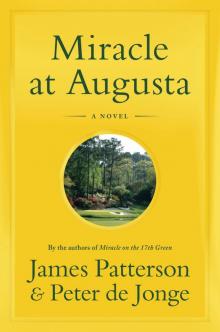 Miracle at Augusta
Miracle at Augusta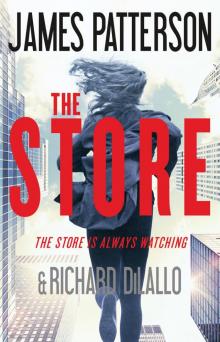 The Store
The Store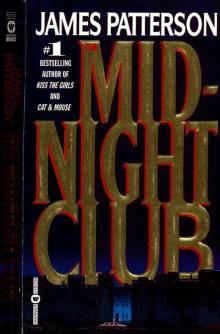 The Midnight Club
The Midnight Club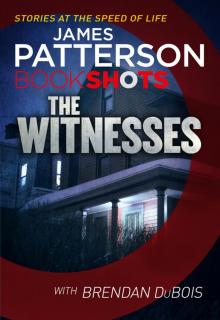 The Witnesses
The Witnesses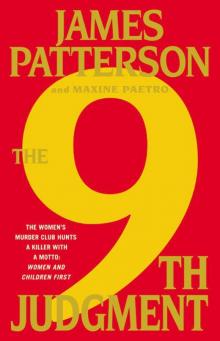 The 9th Judgment
The 9th Judgment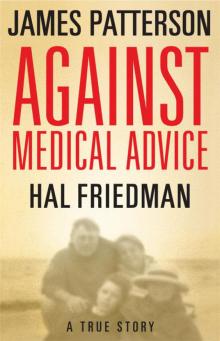 Against Medical Advice
Against Medical Advice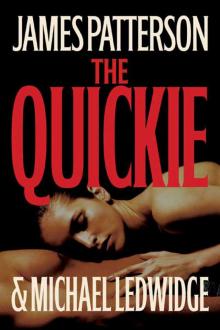 The Quickie
The Quickie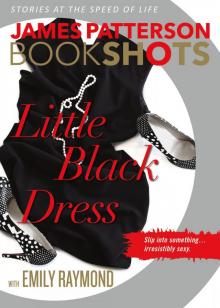 Little Black Dress
Little Black Dress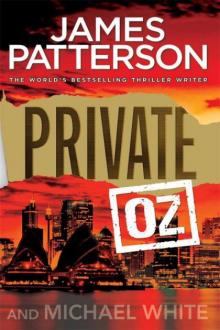 Private Oz
Private Oz Homeroom Diaries
Homeroom Diaries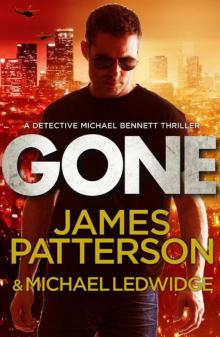 Gone
Gone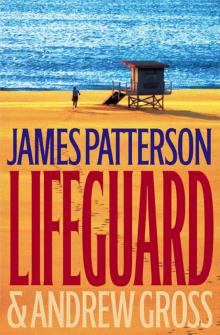 Lifeguard
Lifeguard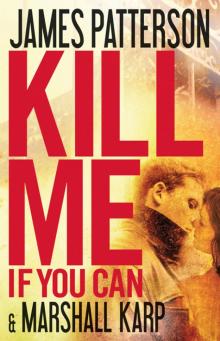 Kill Me if You Can
Kill Me if You Can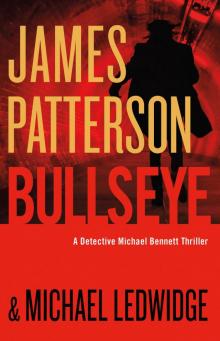 Bullseye
Bullseye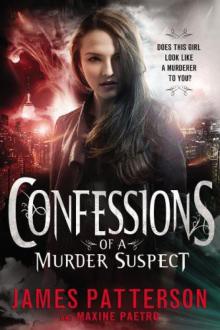 Confessions of a Murder Suspect
Confessions of a Murder Suspect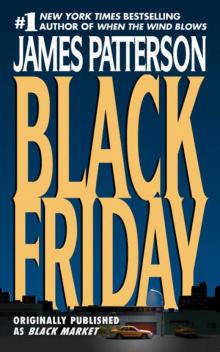 Black Friday
Black Friday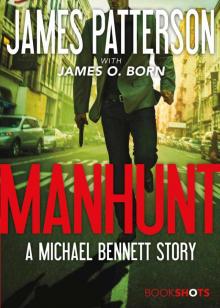 Manhunt
Manhunt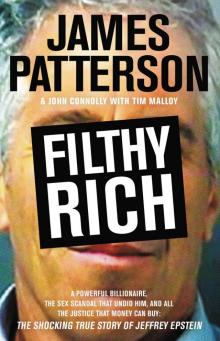 Filthy Rich
Filthy Rich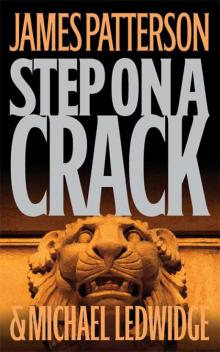 Step on a Crack
Step on a Crack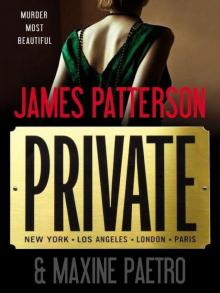 Private
Private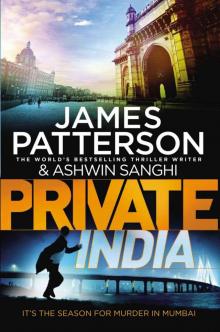 Private India
Private India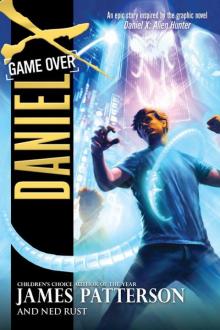 Game Over
Game Over Private Sydney
Private Sydney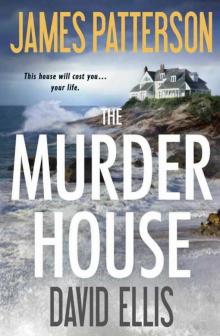 The Murder House
The Murder House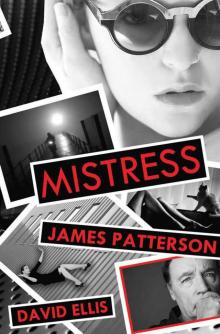 Mistress
Mistress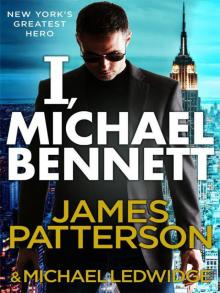 I, Michael Bennett
I, Michael Bennett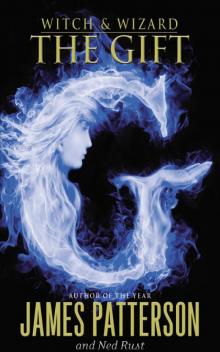 The Gift
The Gift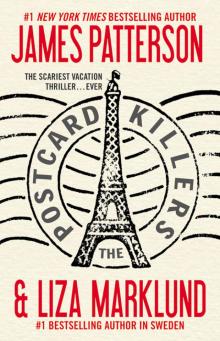 The Postcard Killers
The Postcard Killers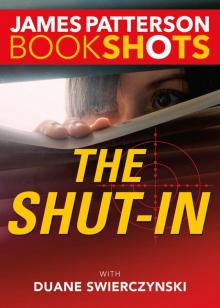 The Shut-In
The Shut-In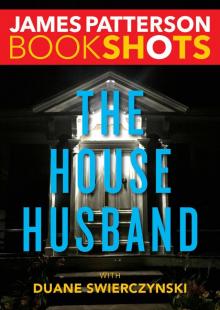 The House Husband
The House Husband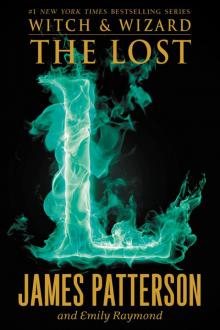 The Lost
The Lost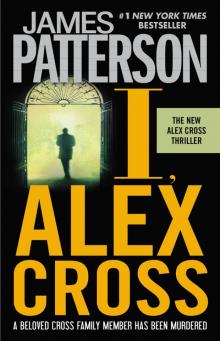 I, Alex Cross
I, Alex Cross Going Bush
Going Bush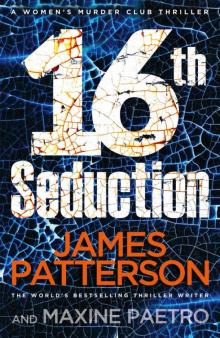 16th Seduction
16th Seduction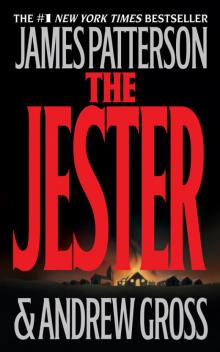 The Jester
The Jester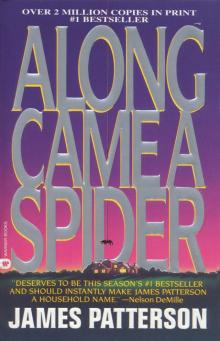 Along Came a Spider
Along Came a Spider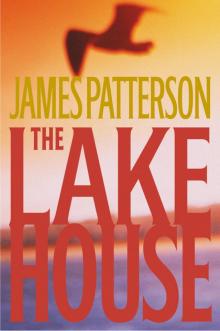 The Lake House
The Lake House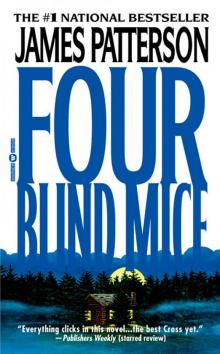 Four Blind Mice
Four Blind Mice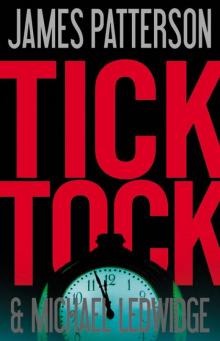 Tick Tock
Tick Tock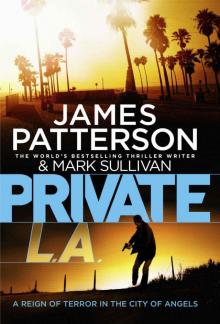 Private L.A.
Private L.A.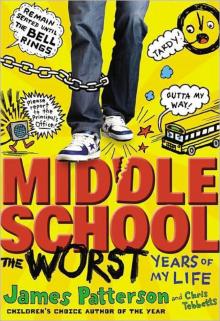 Middle School, the Worst Years of My Life
Middle School, the Worst Years of My Life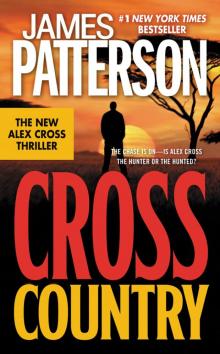 Cross Country
Cross Country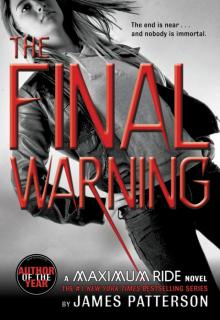 The Final Warning
The Final Warning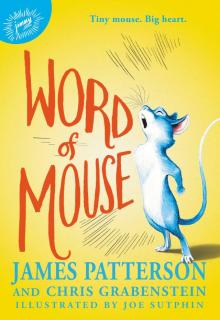 Word of Mouse
Word of Mouse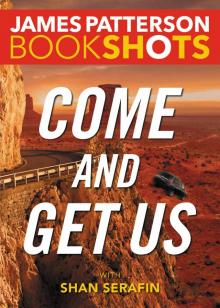 Come and Get Us
Come and Get Us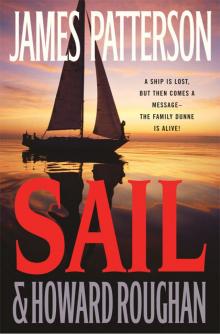 Sail
Sail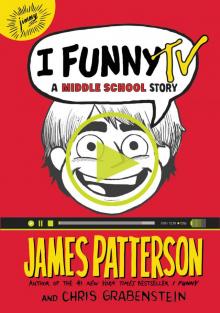 I Funny TV: A Middle School Story
I Funny TV: A Middle School Story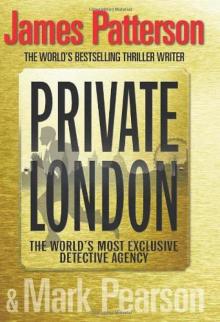 Private London
Private London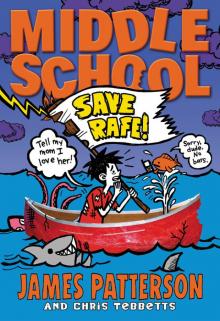 Save Rafe!
Save Rafe!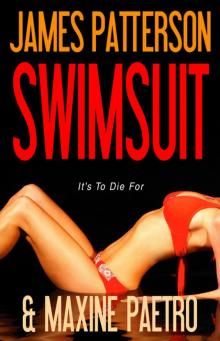 Swimsuit
Swimsuit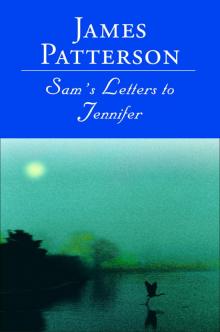 Sam's Letters to Jennifer
Sam's Letters to Jennifer 3rd Degree
3rd Degree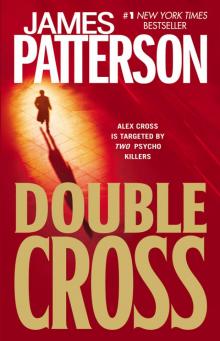 Double Cross
Double Cross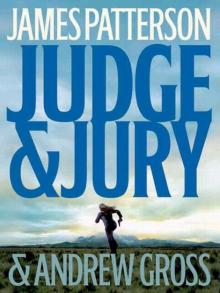 Judge & Jury
Judge & Jury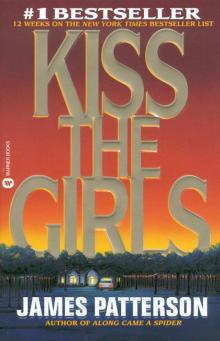 Kiss the Girls
Kiss the Girls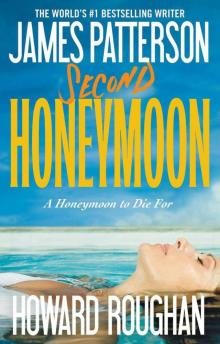 Second Honeymoon
Second Honeymoon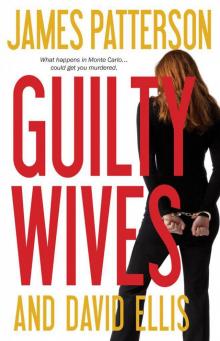 Guilty Wives
Guilty Wives 1st to Die
1st to Die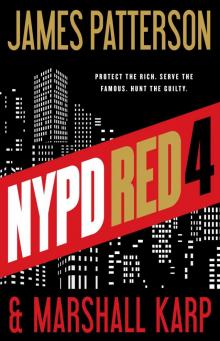 NYPD Red 4
NYPD Red 4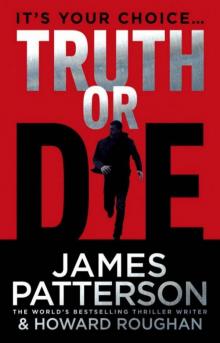 Truth or Die
Truth or Die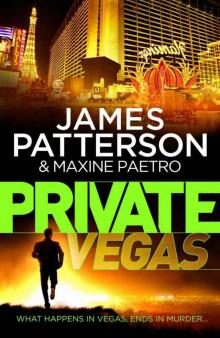 Private Vegas
Private Vegas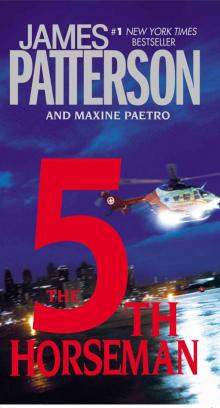 The 5th Horseman
The 5th Horseman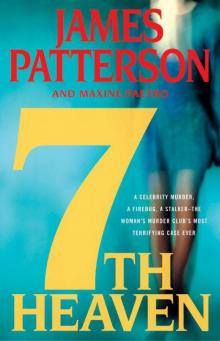 7th Heaven
7th Heaven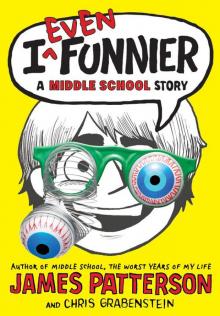 I Even Funnier
I Even Funnier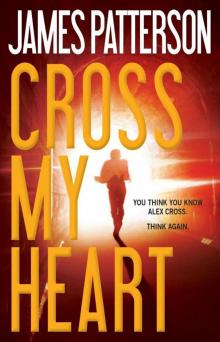 Cross My Heart
Cross My Heart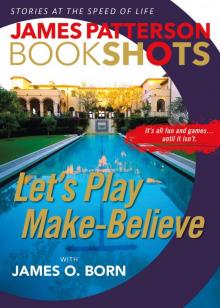 Let’s Play Make-Believe
Let’s Play Make-Believe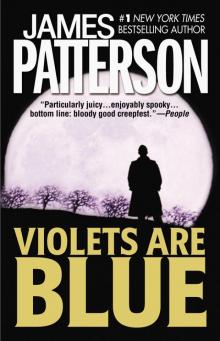 Violets Are Blue
Violets Are Blue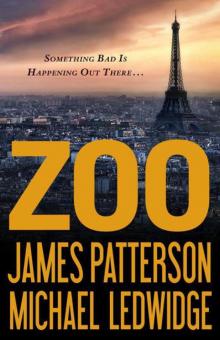 Zoo
Zoo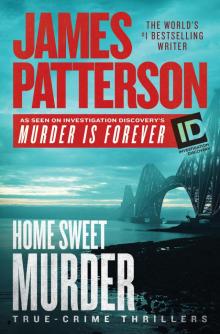 Home Sweet Murder
Home Sweet Murder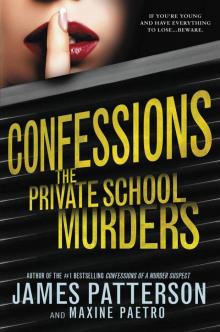 The Private School Murders
The Private School Murders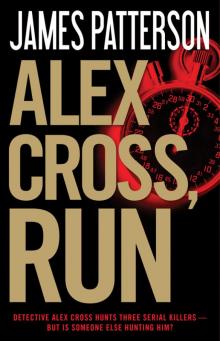 Alex Cross, Run
Alex Cross, Run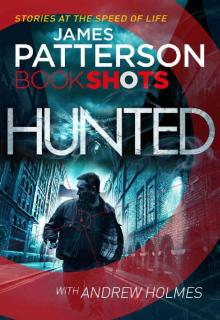 Hunted: BookShots
Hunted: BookShots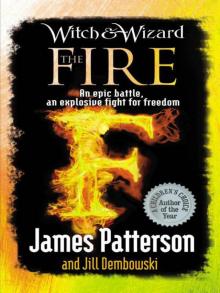 The Fire
The Fire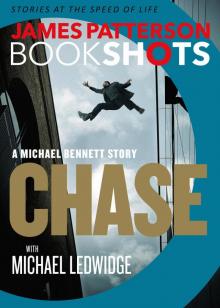 Chase
Chase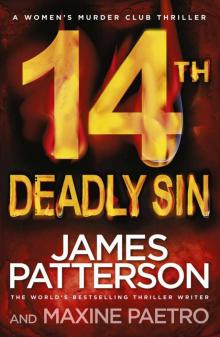 14th Deadly Sin
14th Deadly Sin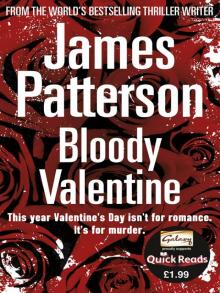 Bloody Valentine
Bloody Valentine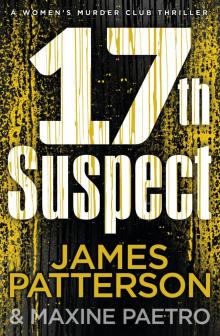 The 17th Suspect
The 17th Suspect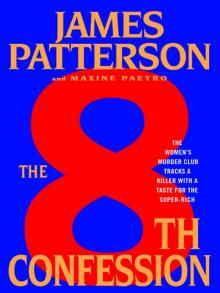 The 8th Confession
The 8th Confession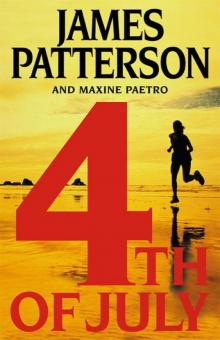 4th of July
4th of July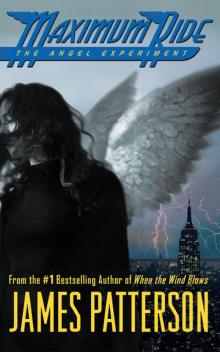 The Angel Experiment
The Angel Experiment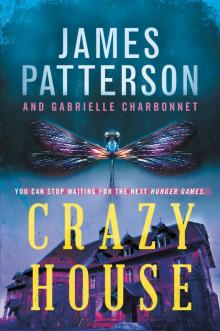 Crazy House
Crazy House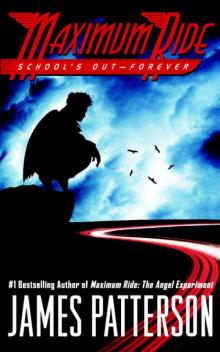 School's Out - Forever
School's Out - Forever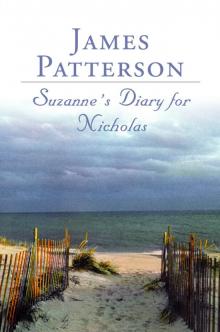 Suzanne's Diary for Nicholas
Suzanne's Diary for Nicholas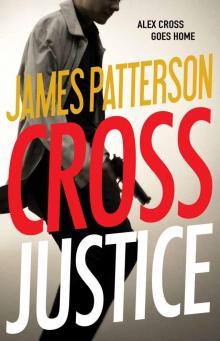 Cross Justice
Cross Justice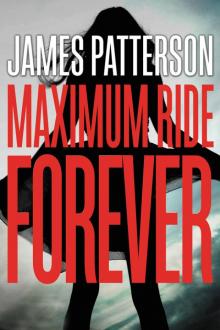 Maximum Ride Forever
Maximum Ride Forever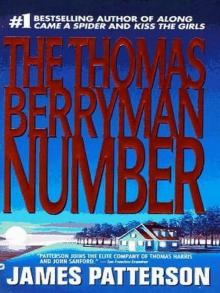 The Thomas Berryman Number
The Thomas Berryman Number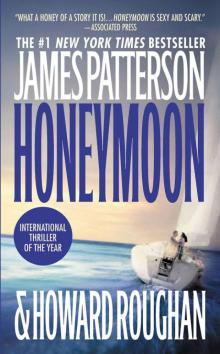 Honeymoon
Honeymoon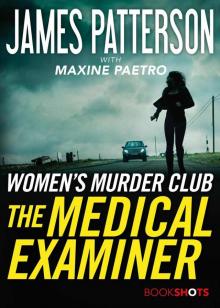 The Medical Examiner
The Medical Examiner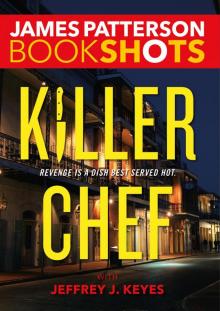 Killer Chef
Killer Chef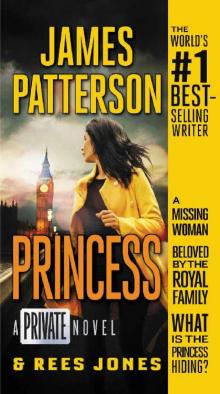 Private Princess
Private Princess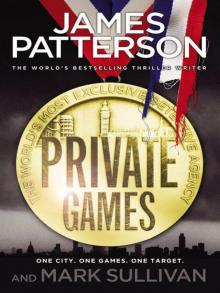 Private Games
Private Games Burn
Burn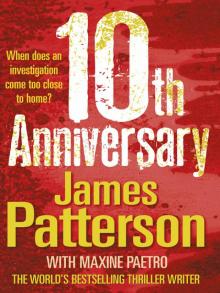 10th Anniversary
10th Anniversary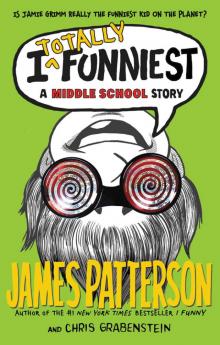 I Totally Funniest: A Middle School Story
I Totally Funniest: A Middle School Story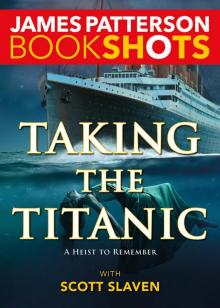 Taking the Titanic
Taking the Titanic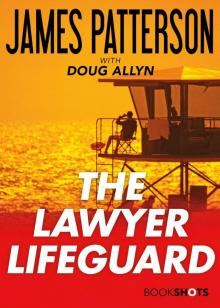 The Lawyer Lifeguard
The Lawyer Lifeguard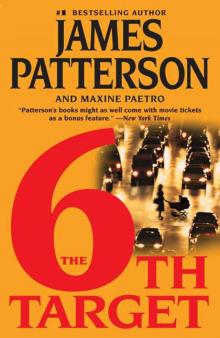 The 6th Target
The 6th Target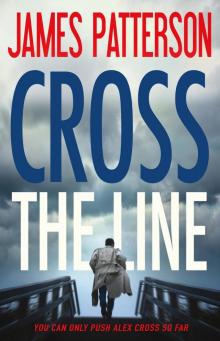 Cross the Line
Cross the Line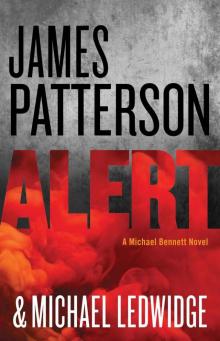 Alert
Alert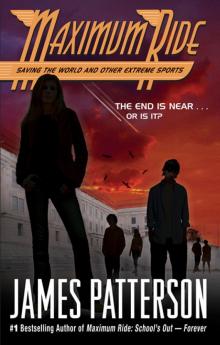 Saving the World and Other Extreme Sports
Saving the World and Other Extreme Sports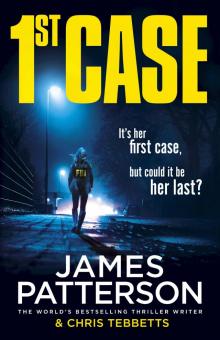 1st Case
1st Case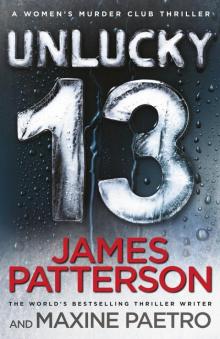 Unlucky 13
Unlucky 13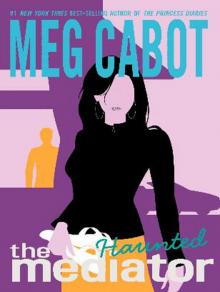 Haunted
Haunted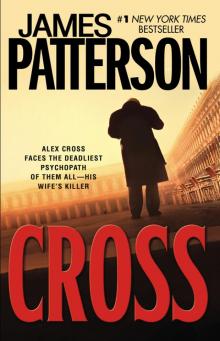 Cross
Cross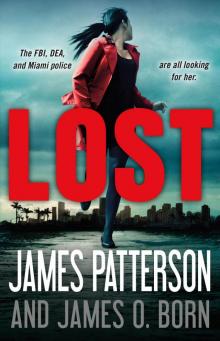 Lost
Lost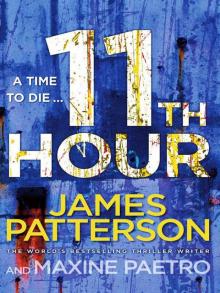 11th Hour
11th Hour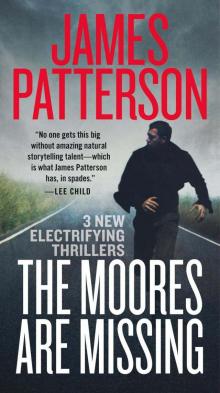 Bookshots Thriller Omnibus
Bookshots Thriller Omnibus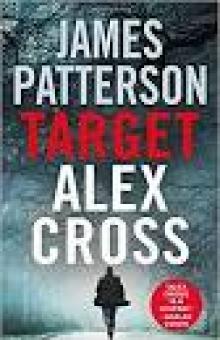 Target: Alex Cross
Target: Alex Cross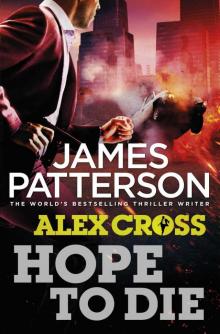 Hope to Die
Hope to Die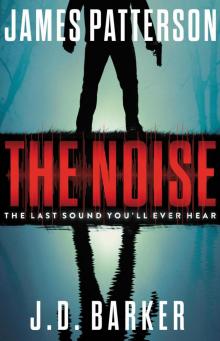 The Noise
The Noise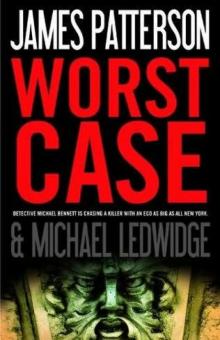 Worst Case
Worst Case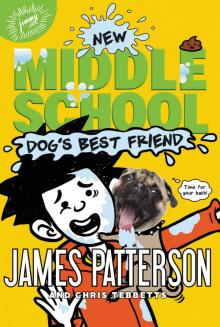 Dog's Best Friend
Dog's Best Friend Nevermore: The Final Maximum Ride Adventure
Nevermore: The Final Maximum Ride Adventure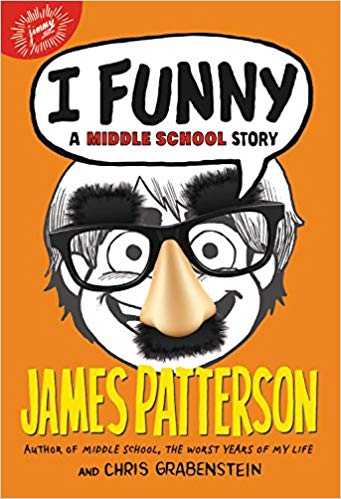 I Funny: A Middle School Story
I Funny: A Middle School Story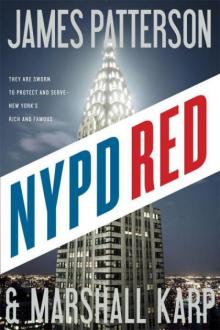 NYPD Red
NYPD Red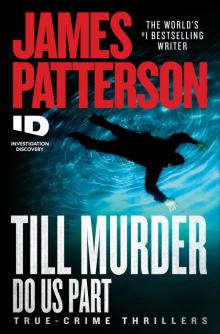 Till Murder Do Us Part
Till Murder Do Us Part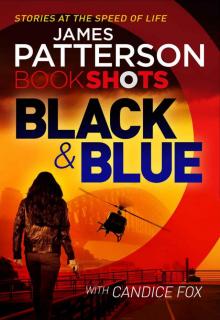 Black & Blue
Black & Blue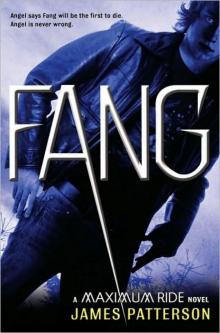 Fang
Fang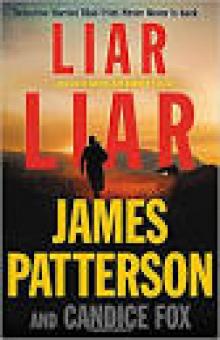 Liar Liar
Liar Liar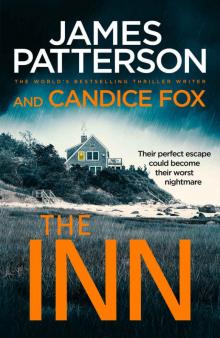 The Inn
The Inn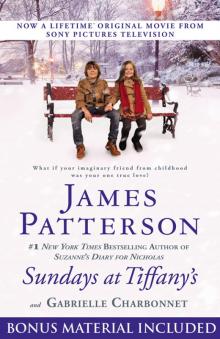 Sundays at Tiffany's
Sundays at Tiffany's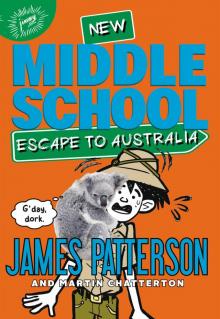 Middle School: Escape to Australia
Middle School: Escape to Australia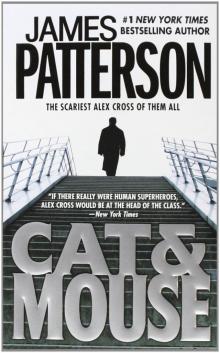 Cat and Mouse
Cat and Mouse Instinct
Instinct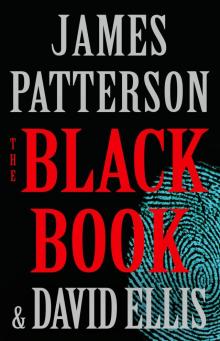 The Black Book
The Black Book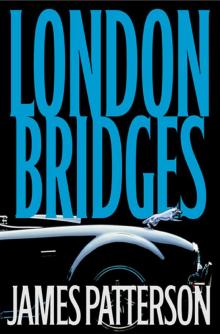 London Bridges
London Bridges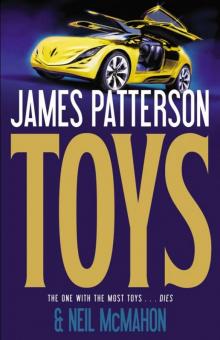 Toys
Toys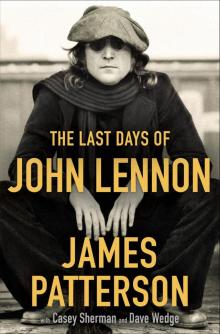 The Last Days of John Lennon
The Last Days of John Lennon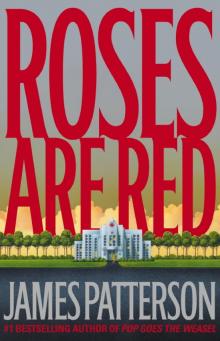 Roses Are Red
Roses Are Red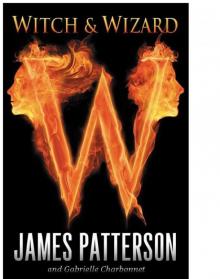 Witch & Wizard
Witch & Wizard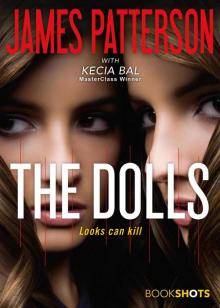 The Dolls
The Dolls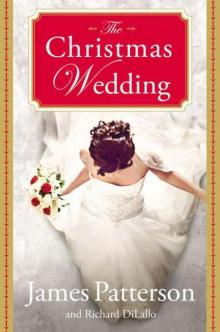 The Christmas Wedding
The Christmas Wedding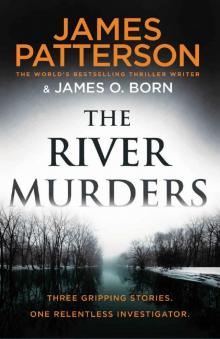 The River Murders
The River Murders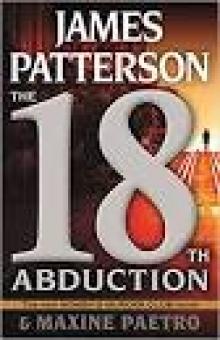 The 18th Abduction
The 18th Abduction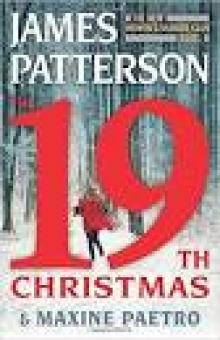 The 19th Christmas
The 19th Christmas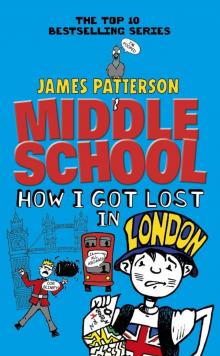 Middle School: How I Got Lost in London
Middle School: How I Got Lost in London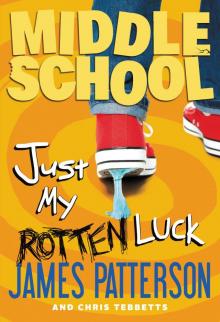 Just My Rotten Luck
Just My Rotten Luck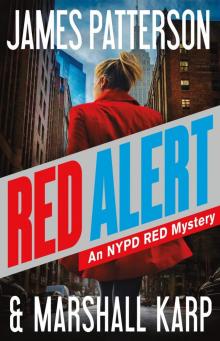 Red Alert
Red Alert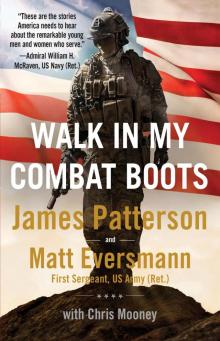 Walk in My Combat Boots
Walk in My Combat Boots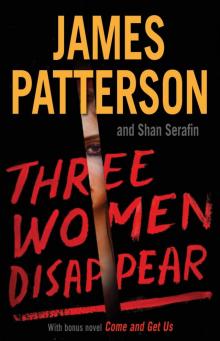 Three Women Disappear
Three Women Disappear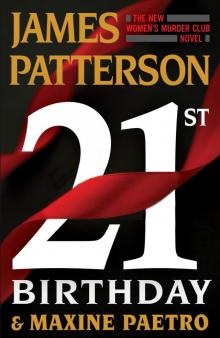 21st Birthday
21st Birthday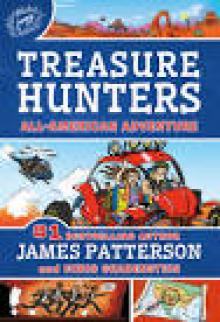 All-American Adventure
All-American Adventure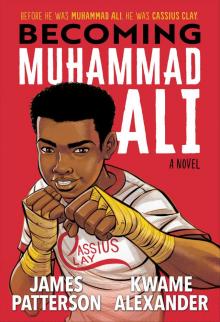 Becoming Muhammad Ali
Becoming Muhammad Ali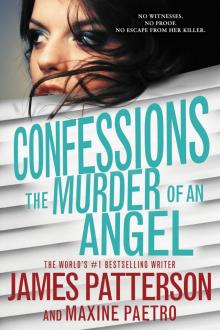 The Murder of an Angel
The Murder of an Angel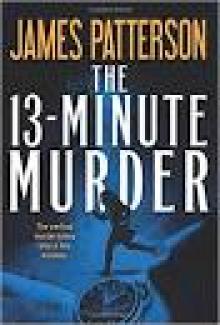 The 13-Minute Murder
The 13-Minute Murder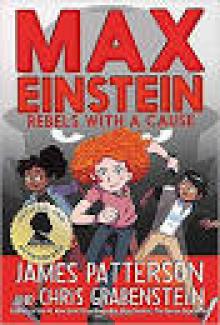 Rebels With a Cause
Rebels With a Cause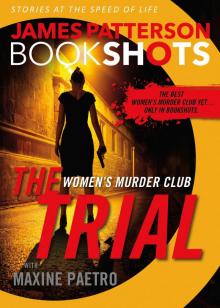 The Trial
The Trial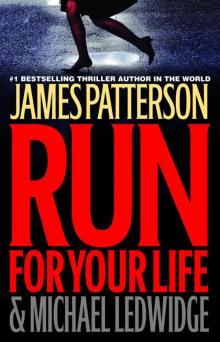 Run for Your Life
Run for Your Life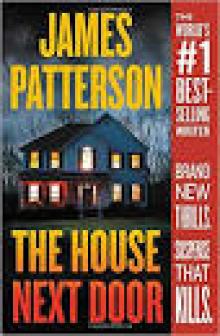 The House Next Door
The House Next Door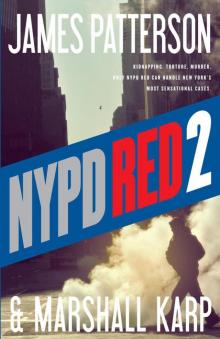 NYPD Red 2
NYPD Red 2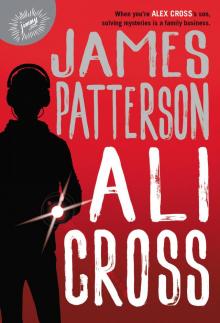 Ali Cross
Ali Cross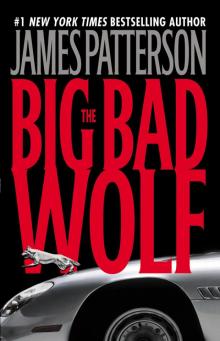 The Big Bad Wolf
The Big Bad Wolf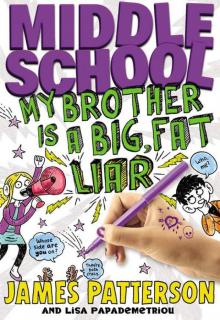 Middle School: My Brother Is a Big, Fat Liar
Middle School: My Brother Is a Big, Fat Liar Private Paris
Private Paris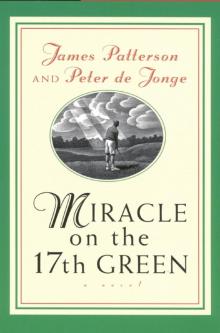 Miracle on the 17th Green
Miracle on the 17th Green The People vs. Alex Cross
The People vs. Alex Cross The Beach House
The Beach House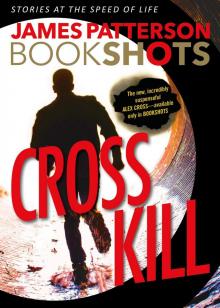 Cross Kill
Cross Kill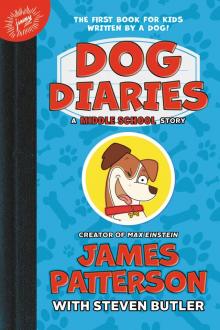 Dog Diaries
Dog Diaries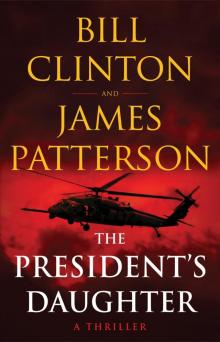 The President's Daughter
The President's Daughter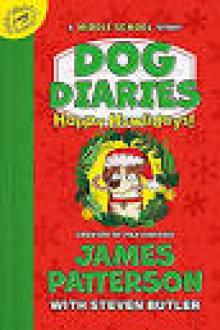 Happy Howlidays
Happy Howlidays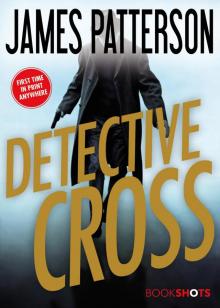 Detective Cross
Detective Cross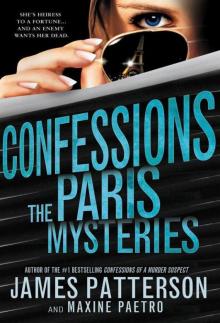 The Paris Mysteries
The Paris Mysteries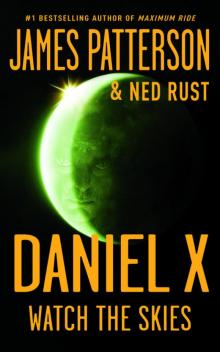 Watch the Skies
Watch the Skies 113 Minutes
113 Minutes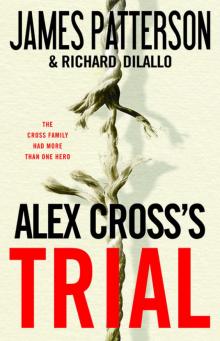 Alex Cross's Trial
Alex Cross's Trial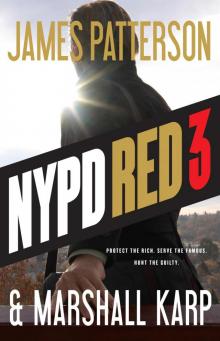 NYPD Red 3
NYPD Red 3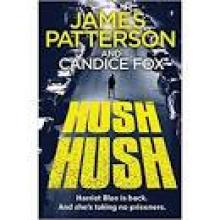 Hush Hush
Hush Hush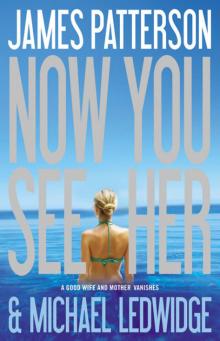 Now You See Her
Now You See Her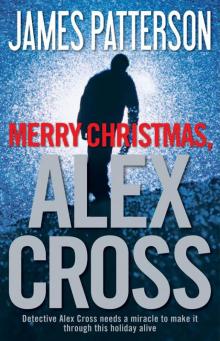 Merry Christmas, Alex Cross
Merry Christmas, Alex Cross 2nd Chance
2nd Chance Private Royals
Private Royals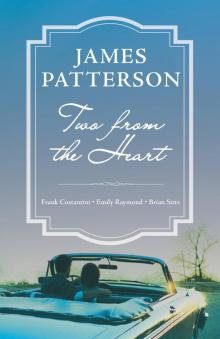 Two From the Heart
Two From the Heart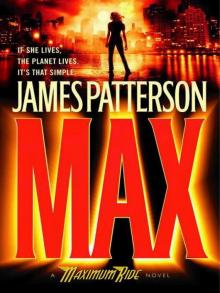 Max
Max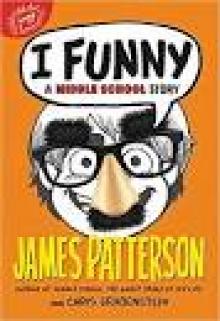 I, Funny
I, Funny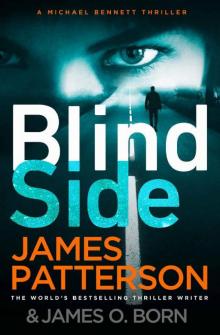 Blindside (Michael Bennett)
Blindside (Michael Bennett)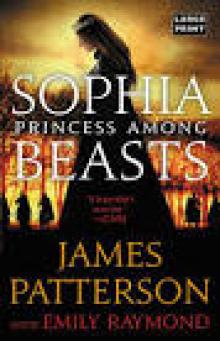 Sophia, Princess Among Beasts
Sophia, Princess Among Beasts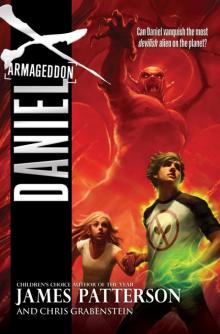 Armageddon
Armageddon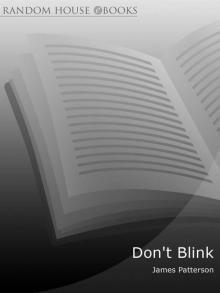 Don't Blink
Don't Blink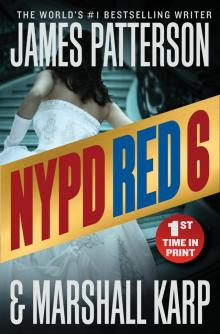 NYPD Red 6
NYPD Red 6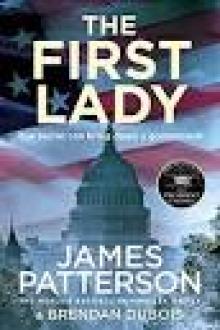 The First Lady
The First Lady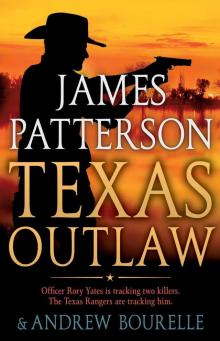 Texas Outlaw
Texas Outlaw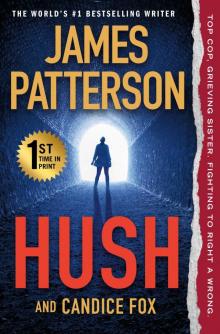 Hush
Hush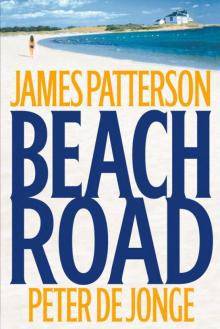 Beach Road
Beach Road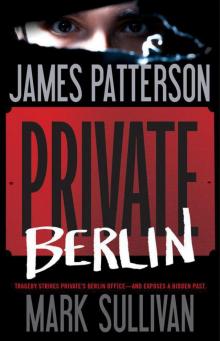 Private Berlin
Private Berlin The Family Lawyer
The Family Lawyer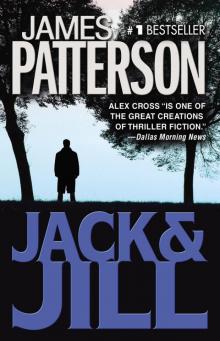 Jack & Jill
Jack & Jill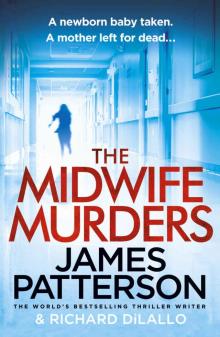 The Midwife Murders
The Midwife Murders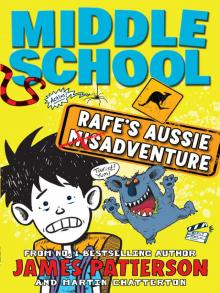 Middle School: Rafe's Aussie Adventure
Middle School: Rafe's Aussie Adventure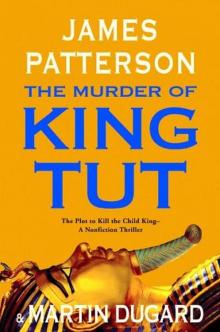 The Murder of King Tut: The Plot to Kill the Child King
The Murder of King Tut: The Plot to Kill the Child King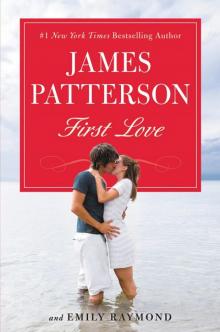 First Love
First Love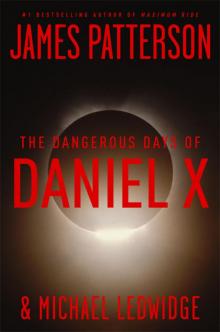 The Dangerous Days of Daniel X
The Dangerous Days of Daniel X Hawk
Hawk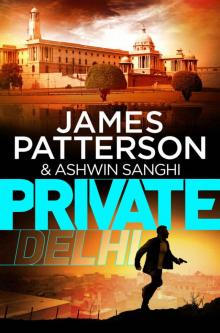 Private Delhi
Private Delhi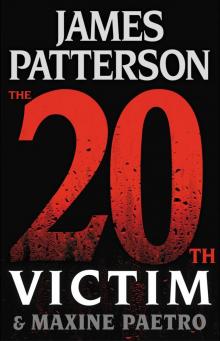 The 20th Victim
The 20th Victim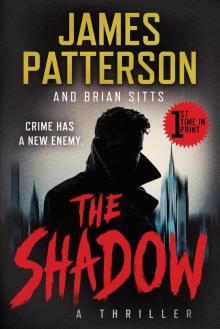 The Shadow
The Shadow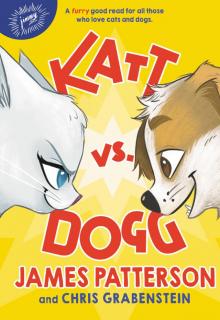 Katt vs. Dogg
Katt vs. Dogg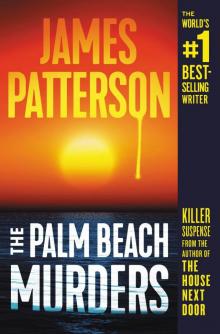 The Palm Beach Murders
The Palm Beach Murders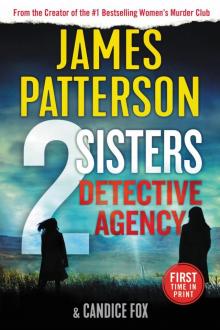 2 Sisters Detective Agency
2 Sisters Detective Agency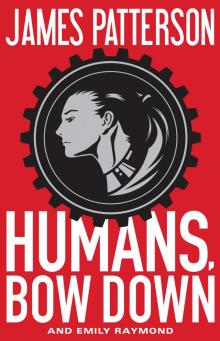 Humans, Bow Down
Humans, Bow Down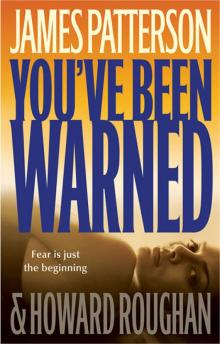 You've Been Warned
You've Been Warned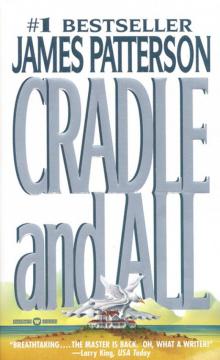 Cradle and All
Cradle and All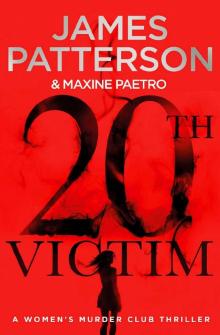 20th Victim: (Women’s Murder Club 20) (Women's Murder Club)
20th Victim: (Women’s Murder Club 20) (Women's Murder Club)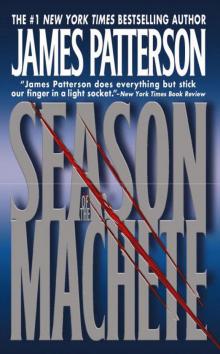 Season of the Machete
Season of the Machete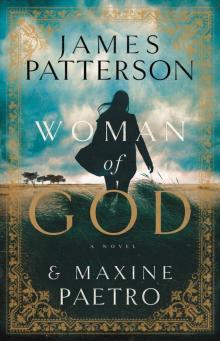 Woman of God
Woman of God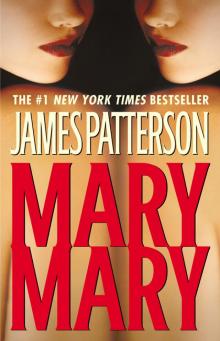 Mary, Mary
Mary, Mary Blindside
Blindside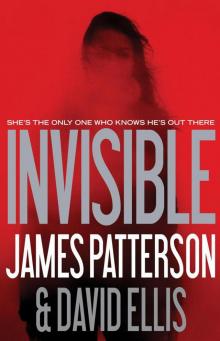 Invisible
Invisible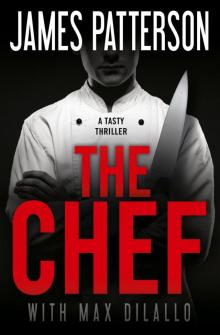 The Chef
The Chef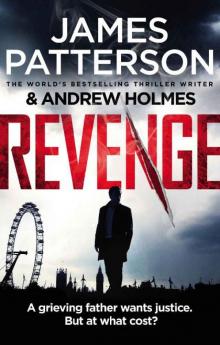 Revenge
Revenge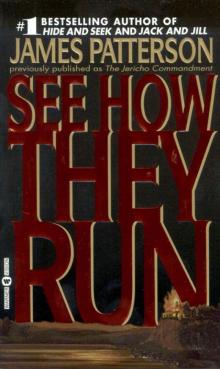 See How They Run
See How They Run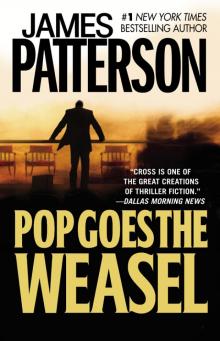 Pop Goes the Weasel
Pop Goes the Weasel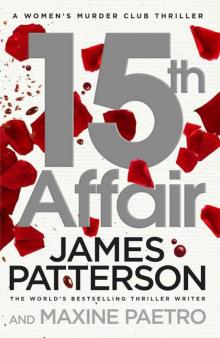 15th Affair
15th Affair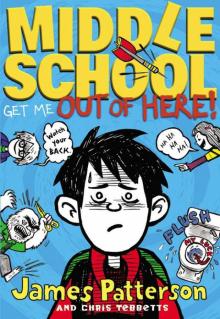 Middle School: Get Me Out of Here!
Middle School: Get Me Out of Here!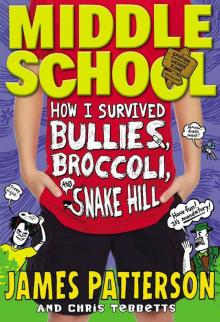 Middle School: How I Survived Bullies, Broccoli, and Snake Hill
Middle School: How I Survived Bullies, Broccoli, and Snake Hill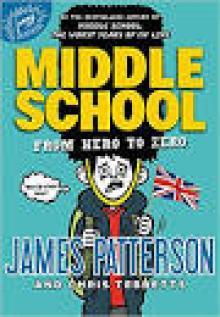 From Hero to Zero - Chris Tebbetts
From Hero to Zero - Chris Tebbetts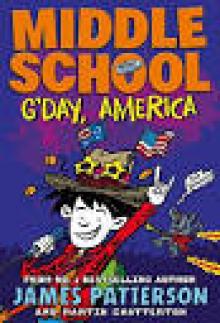 G'day, America
G'day, America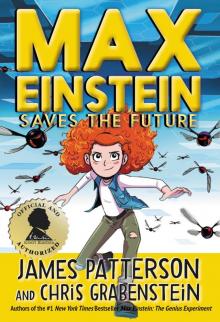 Max Einstein Saves the Future
Max Einstein Saves the Future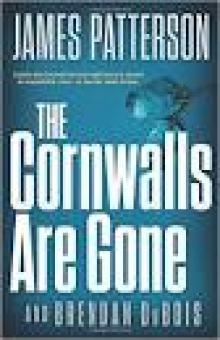 The Cornwalls Are Gone
The Cornwalls Are Gone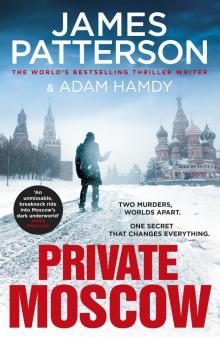 Private Moscow
Private Moscow Two Schools Out - Forever
Two Schools Out - Forever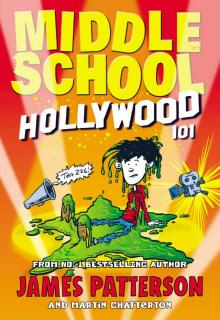 Hollywood 101
Hollywood 101 Deadly Cargo: BookShots
Deadly Cargo: BookShots 21st Birthday (Women's Murder Club)
21st Birthday (Women's Murder Club)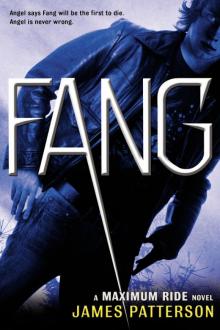 The Sky Is Falling
The Sky Is Falling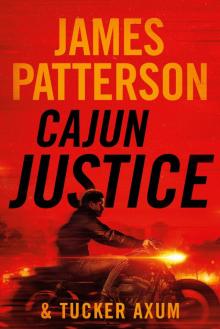 Cajun Justice
Cajun Justice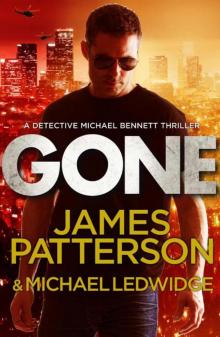 Bennett 06 - Gone
Bennett 06 - Gone The House of Kennedy
The House of Kennedy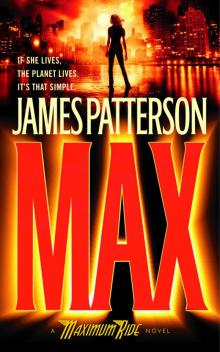 Waterwings
Waterwings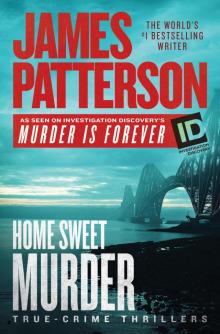 Murder is Forever, Volume 2
Murder is Forever, Volume 2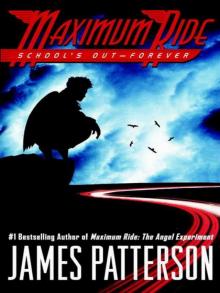 Maximum Ride 02
Maximum Ride 02 Treasure Hunters--The Plunder Down Under
Treasure Hunters--The Plunder Down Under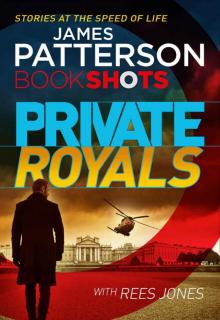 Private Royals: BookShots (A Private Thriller)
Private Royals: BookShots (A Private Thriller)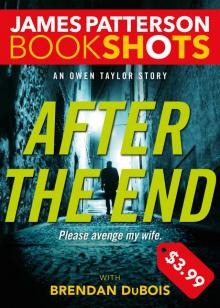 After the End
After the End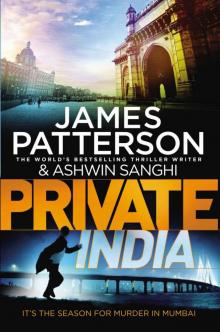 Private India: (Private 8)
Private India: (Private 8) Escape to Australia
Escape to Australia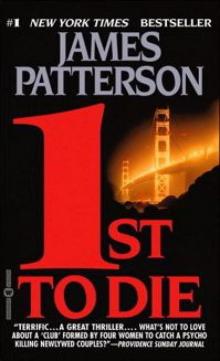 WMC - First to Die
WMC - First to Die Boys Will Be Boys
Boys Will Be Boys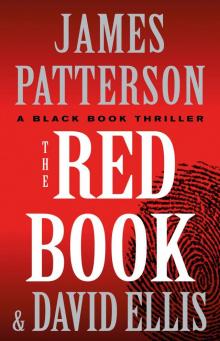 The Red Book
The Red Book 11th hour wmc-11
11th hour wmc-11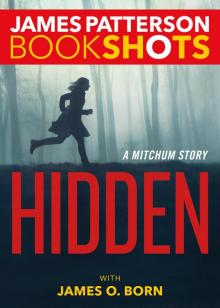 Hidden
Hidden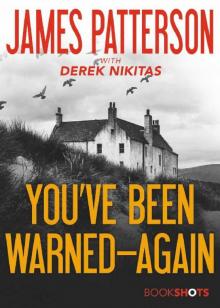 You've Been Warned--Again
You've Been Warned--Again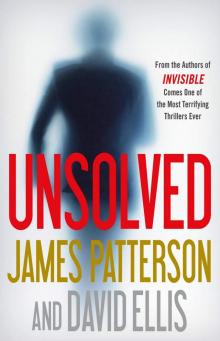 Unsolved
Unsolved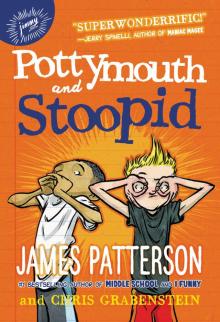 Pottymouth and Stoopid
Pottymouth and Stoopid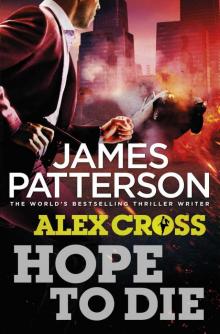 Hope to Die: (Alex Cross 22)
Hope to Die: (Alex Cross 22) The Moores Are Missing
The Moores Are Missing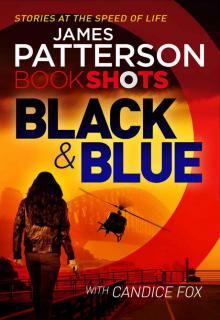 Black & Blue: BookShots (Detective Harriet Blue Series)
Black & Blue: BookShots (Detective Harriet Blue Series)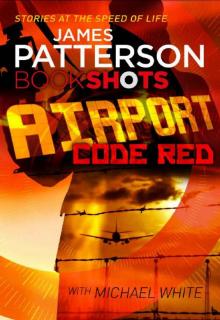 Airport - Code Red: BookShots
Airport - Code Red: BookShots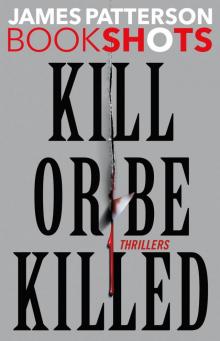 Kill or Be Killed
Kill or Be Killed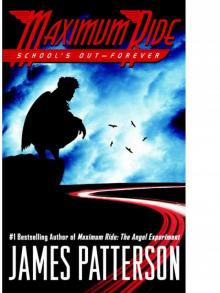 School's Out--Forever
School's Out--Forever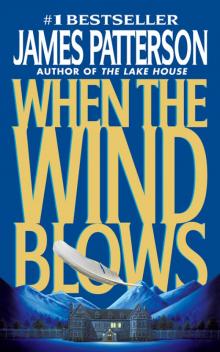 When the Wind Blows
When the Wind Blows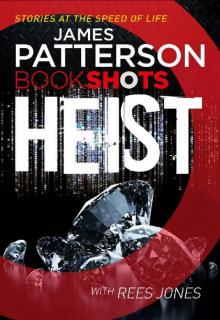 Heist: BookShots
Heist: BookShots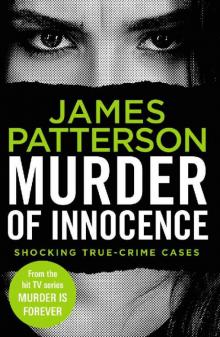 Murder of Innocence (Murder Is Forever)
Murder of Innocence (Murder Is Forever) Red Alert_An NYPD Red Mystery
Red Alert_An NYPD Red Mystery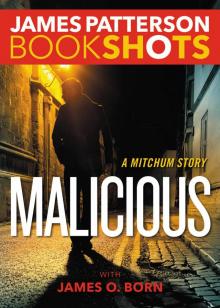 Malicious
Malicious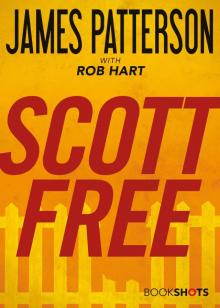 Scott Free
Scott Free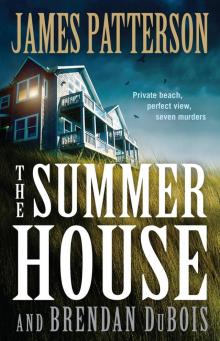 The Summer House
The Summer House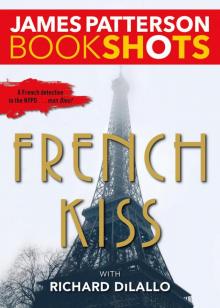 French Kiss
French Kiss Treasure Hunters
Treasure Hunters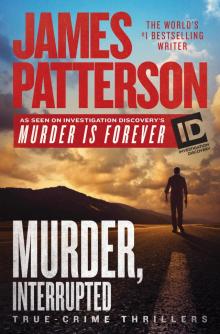 Murder Is Forever, Volume 1
Murder Is Forever, Volume 1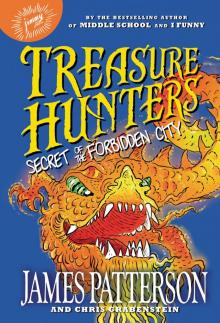 Secret of the Forbidden City
Secret of the Forbidden City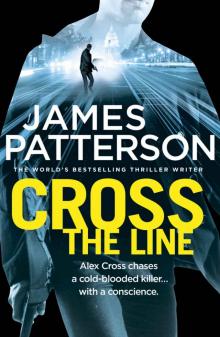 Cross the Line: (Alex Cross 24)
Cross the Line: (Alex Cross 24)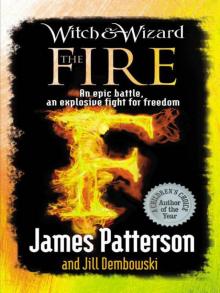 Witch & Wizard: The Fire
Witch & Wizard: The Fire![Women's Murder Club [06] The 6th Target Read online](http://i1.bookreadfree.com/i/03/24/womens_murder_club_06_the_6th_target_preview.jpg) Women's Murder Club [06] The 6th Target
Women's Murder Club [06] The 6th Target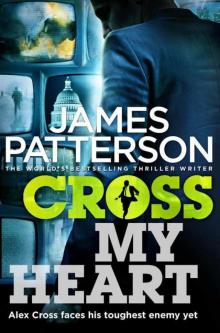 Cross My Heart ac-21
Cross My Heart ac-21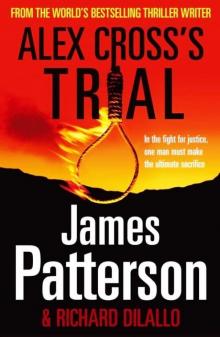 Alex Cross’s Trial ак-15
Alex Cross’s Trial ак-15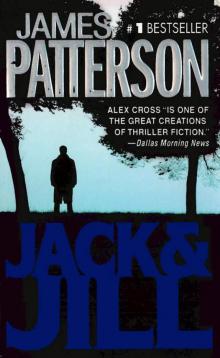 Alex Cross 03 - Jack & Jill
Alex Cross 03 - Jack & Jill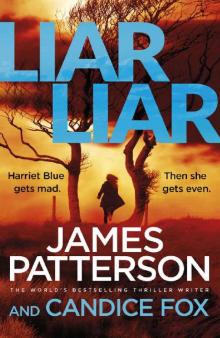 Liar Liar: (Harriet Blue 3) (Detective Harriet Blue Series)
Liar Liar: (Harriet Blue 3) (Detective Harriet Blue Series) Cross Country ак-14
Cross Country ак-14 Honeymoon h-1
Honeymoon h-1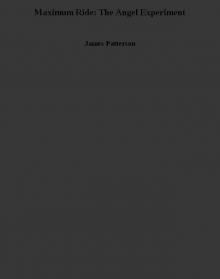 Maximum Ride: The Angel Experiment
Maximum Ride: The Angel Experiment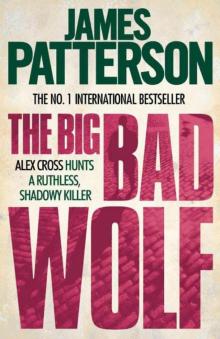 The Big Bad Wolf ак-9
The Big Bad Wolf ак-9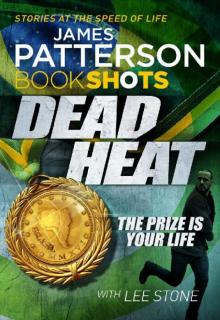 Dead Heat: BookShots (Book Shots)
Dead Heat: BookShots (Book Shots)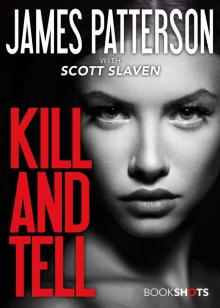 Kill and Tell
Kill and Tell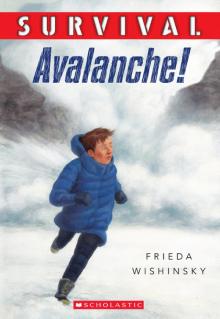 Avalanche
Avalanche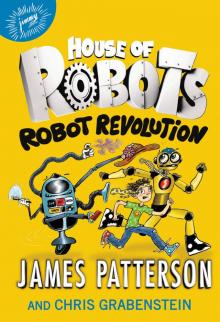 Robot Revolution
Robot Revolution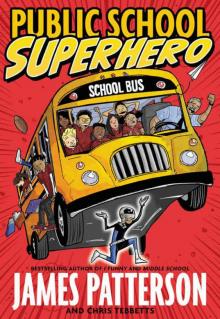 Public School Superhero
Public School Superhero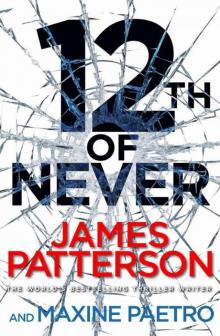 12th of Never
12th of Never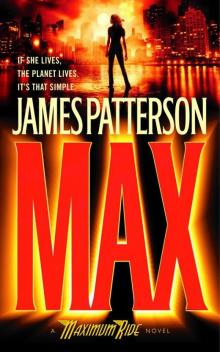 Max: A Maximum Ride Novel
Max: A Maximum Ride Novel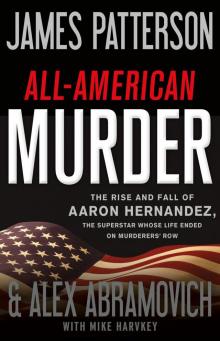 All-American Murder
All-American Murder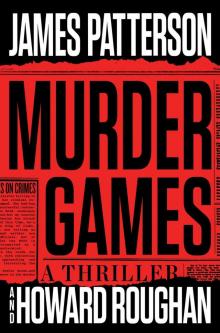 Murder Games
Murder Games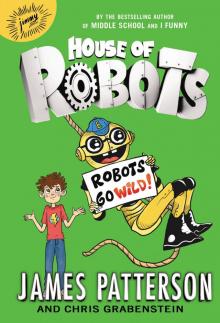 Robots Go Wild!
Robots Go Wild!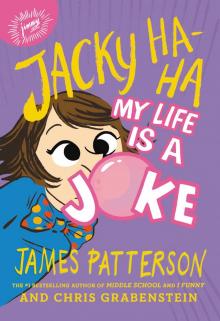 My Life Is a Joke
My Life Is a Joke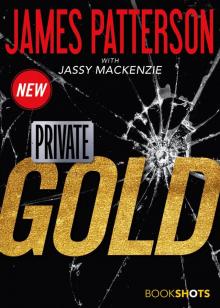 Private: Gold
Private: Gold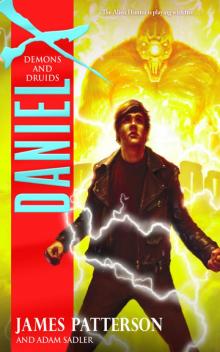 Demons and Druids
Demons and Druids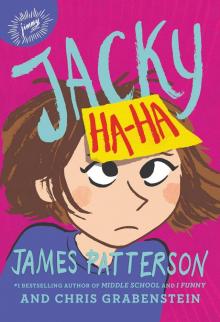 Jacky Ha-Ha
Jacky Ha-Ha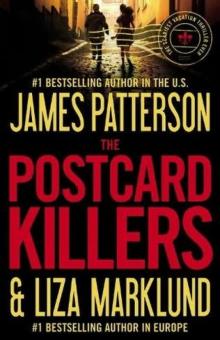 Postcard killers
Postcard killers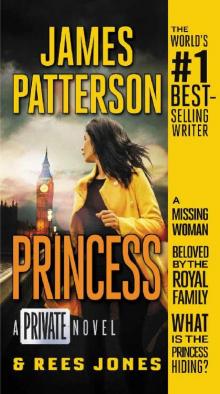 Princess: A Private Novel
Princess: A Private Novel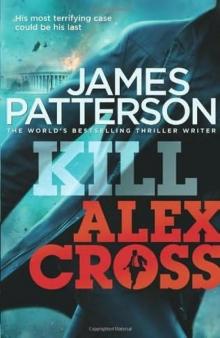 Kill Alex Cross ac-18
Kill Alex Cross ac-18 12th of Never wmc-12
12th of Never wmc-12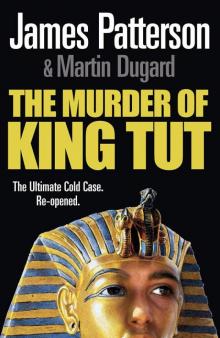 The Murder of King Tut
The Murder of King Tut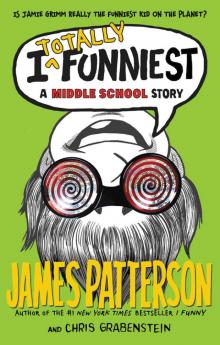 I Totally Funniest
I Totally Funniest Cross Fire ак-17
Cross Fire ак-17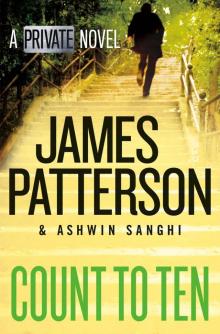 Count to Ten
Count to Ten![Women's Murder Club [10] 10th Anniversary Read online](http://i1.bookreadfree.com/i1/03/30/womens_murder_club_10_10th_anniversary_preview.jpg) Women's Murder Club [10] 10th Anniversary
Women's Murder Club [10] 10th Anniversary![Women's Murder Club [01] 1st to Die Read online](http://i1.bookreadfree.com/i1/03/31/womens_murder_club_01_1st_to_die_preview.jpg) Women's Murder Club [01] 1st to Die
Women's Murder Club [01] 1st to Die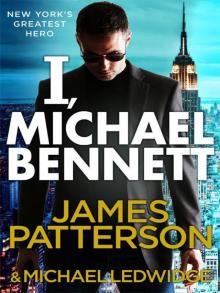 I, Michael Bennett mb-5
I, Michael Bennett mb-5 Nooners
Nooners![Women's Murder Club [08] The 8th Confession Read online](http://i1.bookreadfree.com/i1/04/03/womens_murder_club_08_the_8th_confession_preview.jpg) Women's Murder Club [08] The 8th Confession
Women's Murder Club [08] The 8th Confession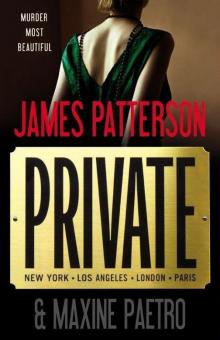 Private jm-1
Private jm-1 Treasure Hunters: Danger Down the Nile
Treasure Hunters: Danger Down the Nile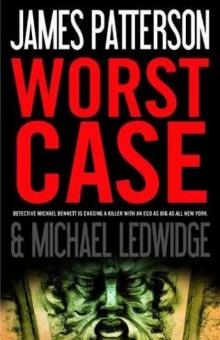 Worst Case mb-3
Worst Case mb-3 Don’t Blink
Don’t Blink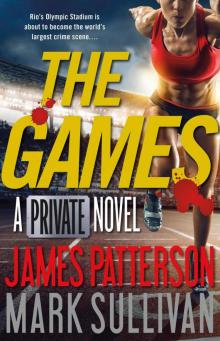 The Games
The Games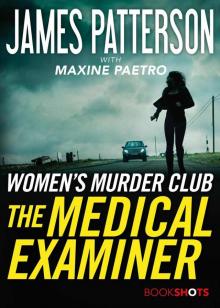 The Medical Examiner: A Women's Murder Club Story
The Medical Examiner: A Women's Murder Club Story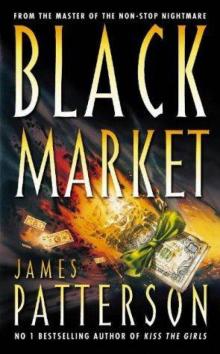 Black Market
Black Market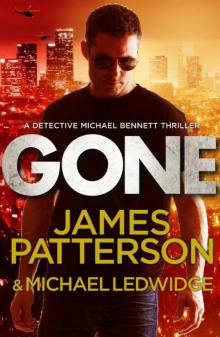 Gone mb-6
Gone mb-6![Women's Murder Club [02] 2nd Chance Read online](http://i1.bookreadfree.com/i1/04/04/womens_murder_club_02_2nd_chance_preview.jpg) Women's Murder Club [02] 2nd Chance
Women's Murder Club [02] 2nd Chance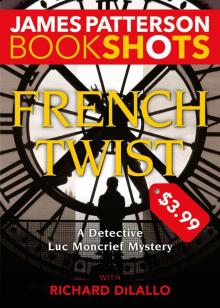 French Twist
French Twist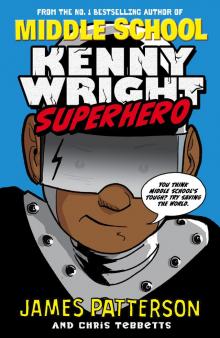 Kenny Wright
Kenny Wright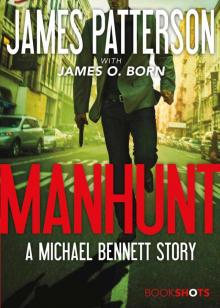 Manhunt: A Michael Bennett Story
Manhunt: A Michael Bennett Story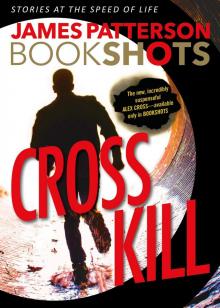 Cross Kill: An Alex Cross Story
Cross Kill: An Alex Cross Story Confessions of a Murder Suspect td-1
Confessions of a Murder Suspect td-1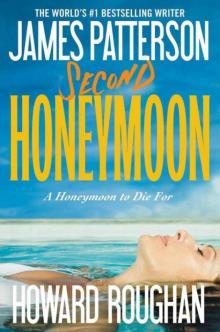 Second Honeymoon h-2
Second Honeymoon h-2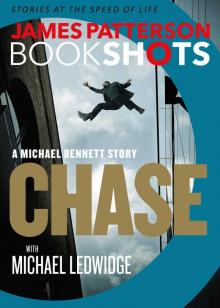 Chase_A BookShot_A Michael Bennett Story
Chase_A BookShot_A Michael Bennett Story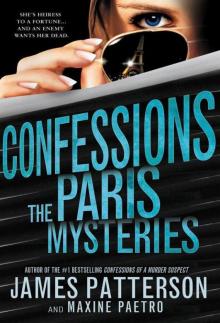 Confessions: The Paris Mysteries
Confessions: The Paris Mysteries![Women's Murder Club [09] The 9th Judgment Read online](http://i1.bookreadfree.com/i2/04/08/womens_murder_club_09_the_9th_judgment_preview.jpg) Women's Murder Club [09] The 9th Judgment
Women's Murder Club [09] The 9th Judgment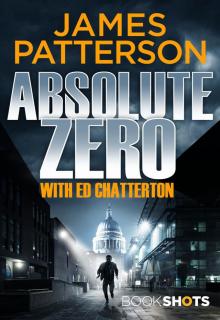 Absolute Zero
Absolute Zero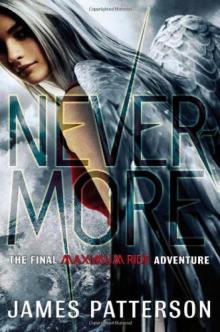 Nevermore: The Final Maximum Ride Adventure mr-8
Nevermore: The Final Maximum Ride Adventure mr-8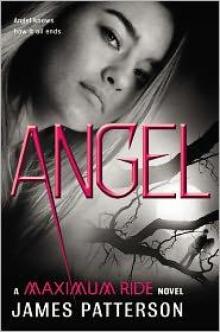 Angel: A Maximum Ride Novel mr-7
Angel: A Maximum Ride Novel mr-7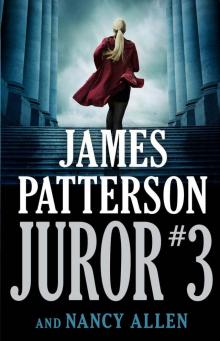 Juror #3
Juror #3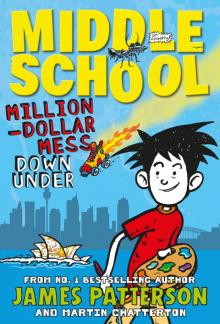 Million-Dollar Mess Down Under
Million-Dollar Mess Down Under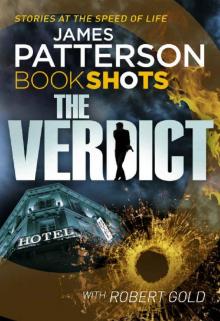 The Verdict: BookShots (A Jon Roscoe Thriller)
The Verdict: BookShots (A Jon Roscoe Thriller)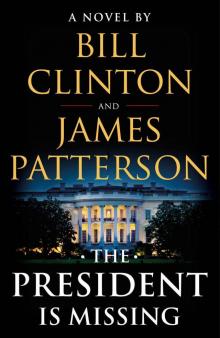 The President Is Missing: A Novel
The President Is Missing: A Novel![Women's Murder Club [04] 4th of July Read online](http://i1.bookreadfree.com/i2/04/06/womens_murder_club_04_4th_of_july_preview.jpg) Women's Murder Club [04] 4th of July
Women's Murder Club [04] 4th of July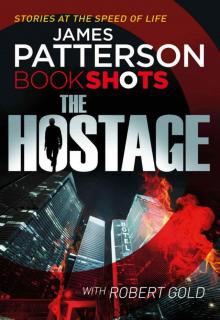 The Hostage: BookShots (Hotel Series)
The Hostage: BookShots (Hotel Series)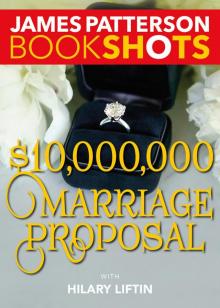 $10,000,000 Marriage Proposal
$10,000,000 Marriage Proposal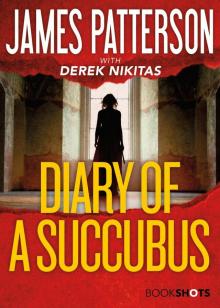 Diary of a Succubus
Diary of a Succubus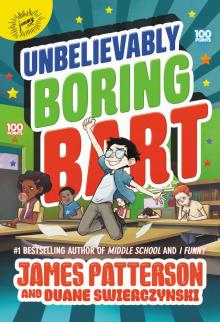 Unbelievably Boring Bart
Unbelievably Boring Bart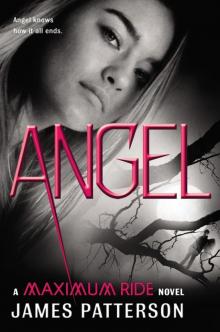 Angel: A Maximum Ride Novel
Angel: A Maximum Ride Novel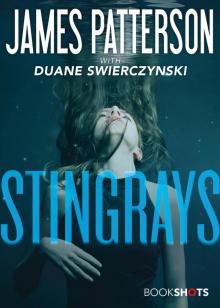 Stingrays
Stingrays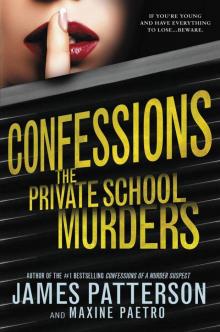 Confessions: The Private School Murders
Confessions: The Private School Murders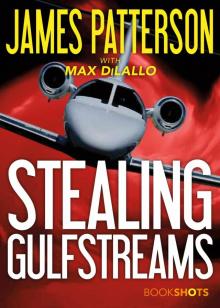 Stealing Gulfstreams
Stealing Gulfstreams![Women's Murder Club [05] The 5th Horseman Read online](http://i1.bookreadfree.com/i2/04/05/womens_murder_club_05_the_5th_horseman_preview.jpg) Women's Murder Club [05] The 5th Horseman
Women's Murder Club [05] The 5th Horseman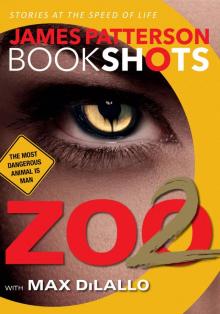 Zoo 2
Zoo 2 Jack Morgan 02 - Private London
Jack Morgan 02 - Private London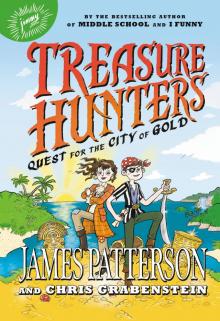 Treasure Hunters--Quest for the City of Gold
Treasure Hunters--Quest for the City of Gold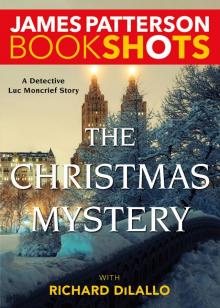 The Christmas Mystery
The Christmas Mystery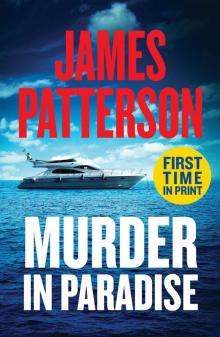 Murder in Paradise
Murder in Paradise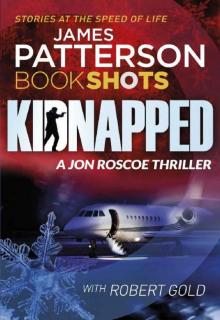 Kidnapped: BookShots (A Jon Roscoe Thriller)
Kidnapped: BookShots (A Jon Roscoe Thriller)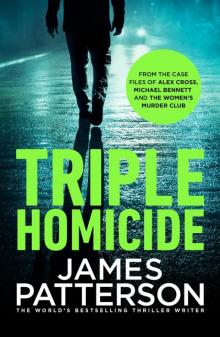 Triple Homicide_Thrillers
Triple Homicide_Thrillers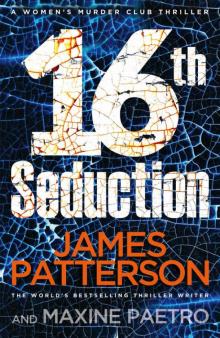 16th Seduction: (Women’s Murder Club 16) (Women's Murder Club)
16th Seduction: (Women’s Murder Club 16) (Women's Murder Club)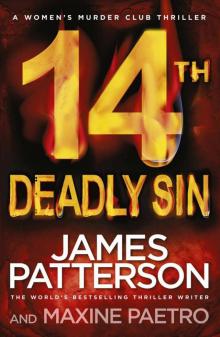 14th Deadly Sin: (Women’s Murder Club 14)
14th Deadly Sin: (Women’s Murder Club 14)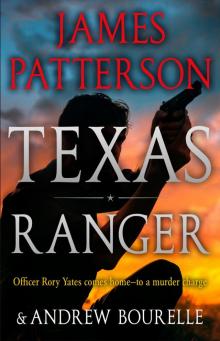 Texas Ranger
Texas Ranger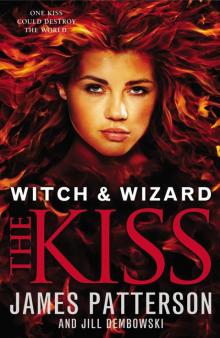 Witch & Wizard 04 - The Kiss
Witch & Wizard 04 - The Kiss![Women's Murder Club [03] 3rd Degree Read online](http://i1.bookreadfree.com/i2/04/12/womens_murder_club_03_3rd_degree_preview.jpg) Women's Murder Club [03] 3rd Degree
Women's Murder Club [03] 3rd Degree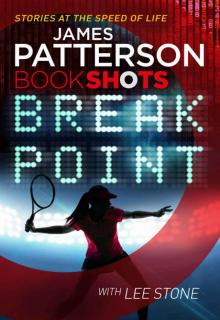 Break Point: BookShots
Break Point: BookShots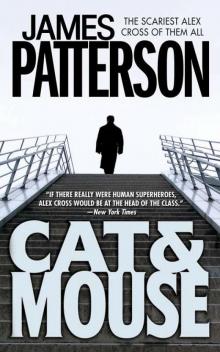 Alex Cross 04 - Cat & Mouse
Alex Cross 04 - Cat & Mouse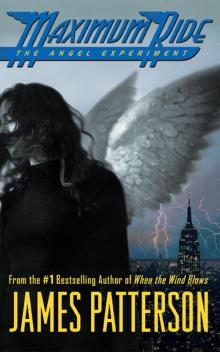 Maximum Ride
Maximum Ride Fifty Fifty: (Harriet Blue 2) (Detective Harriet Blue Series)
Fifty Fifty: (Harriet Blue 2) (Detective Harriet Blue Series)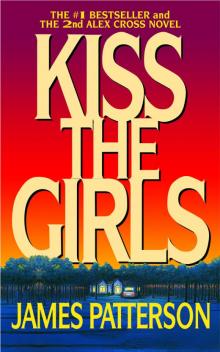 Alex Cross 02 - Kiss the Girls
Alex Cross 02 - Kiss the Girls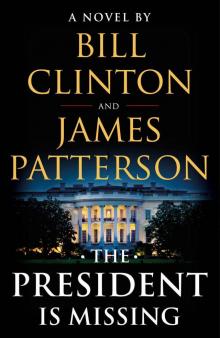 The President Is Missing
The President Is Missing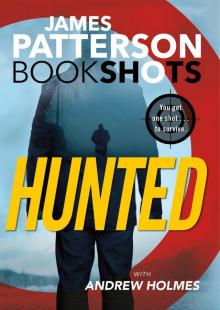 Hunted
Hunted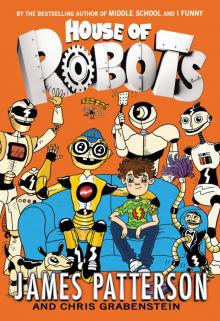 House of Robots
House of Robots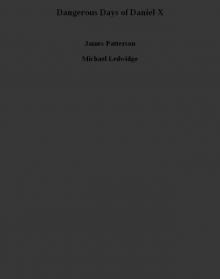 Dangerous Days of Daniel X
Dangerous Days of Daniel X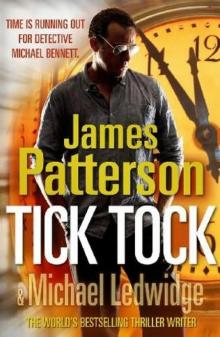 Tick Tock mb-4
Tick Tock mb-4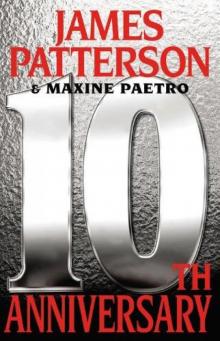 10th Anniversary wmc-10
10th Anniversary wmc-10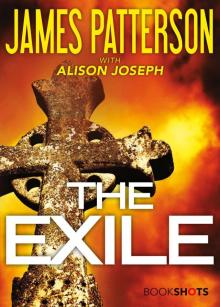 The Exile
The Exile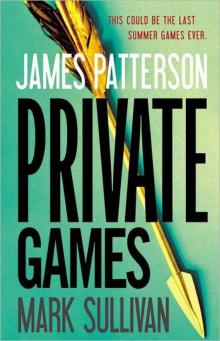 Private Games-Jack Morgan 4 jm-4
Private Games-Jack Morgan 4 jm-4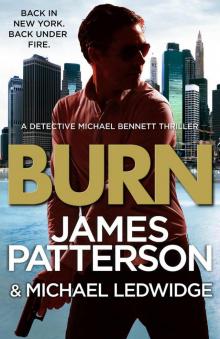 Burn: (Michael Bennett 7)
Burn: (Michael Bennett 7)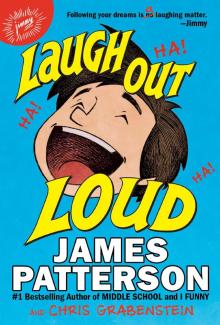 Laugh Out Loud
Laugh Out Loud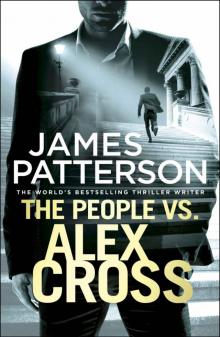 The People vs. Alex Cross: (Alex Cross 25)
The People vs. Alex Cross: (Alex Cross 25)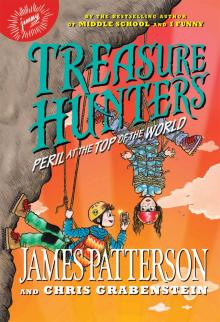 Peril at the Top of the World
Peril at the Top of the World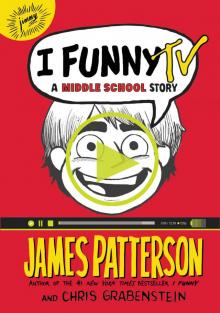 I Funny TV
I Funny TV Merry Christmas, Alex Cross ac-19
Merry Christmas, Alex Cross ac-19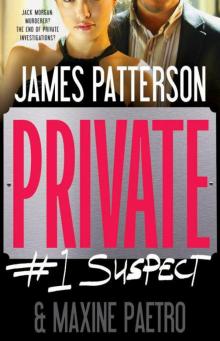 #1 Suspect jm-3
#1 Suspect jm-3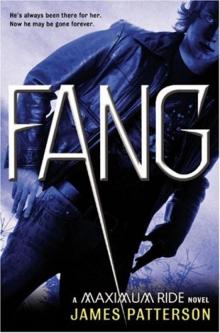 Fang: A Maximum Ride Novel
Fang: A Maximum Ride Novel![Women's Murder Club [07] 7th Heaven Read online](http://i1.bookreadfree.com/i2/04/13/womens_murder_club_07_7th_heaven_preview.jpg) Women's Murder Club [07] 7th Heaven
Women's Murder Club [07] 7th Heaven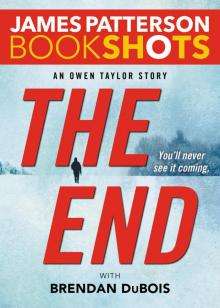 The End
The End